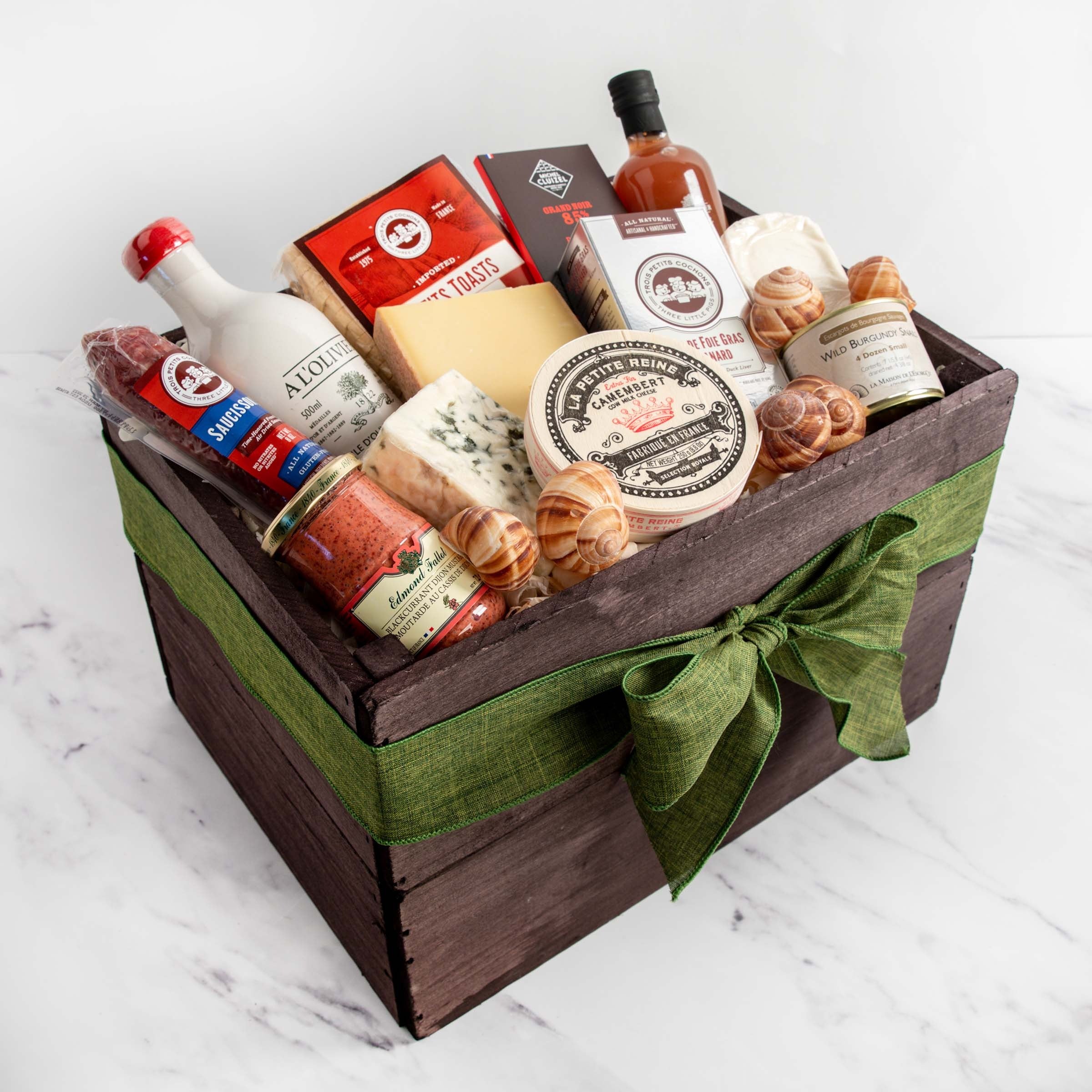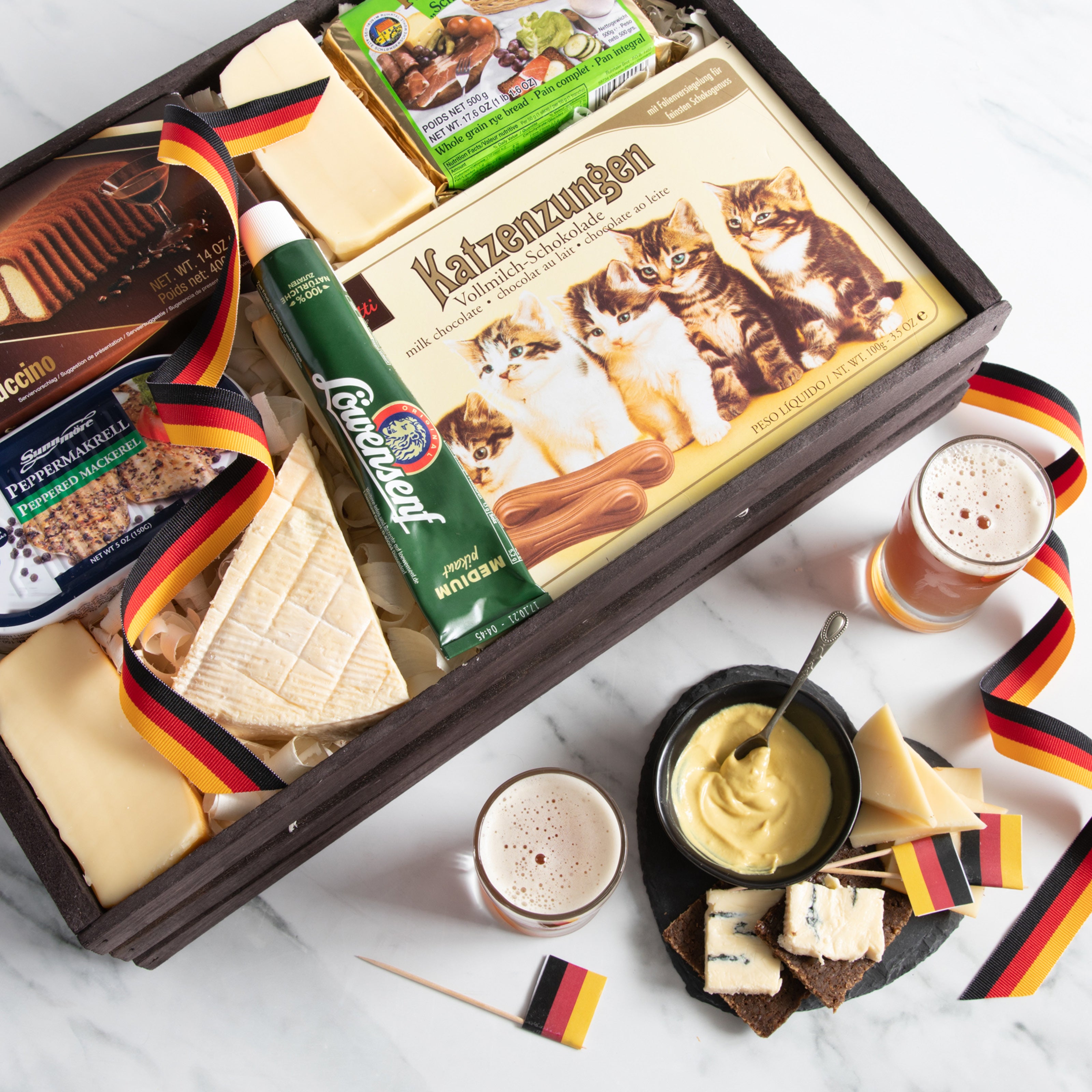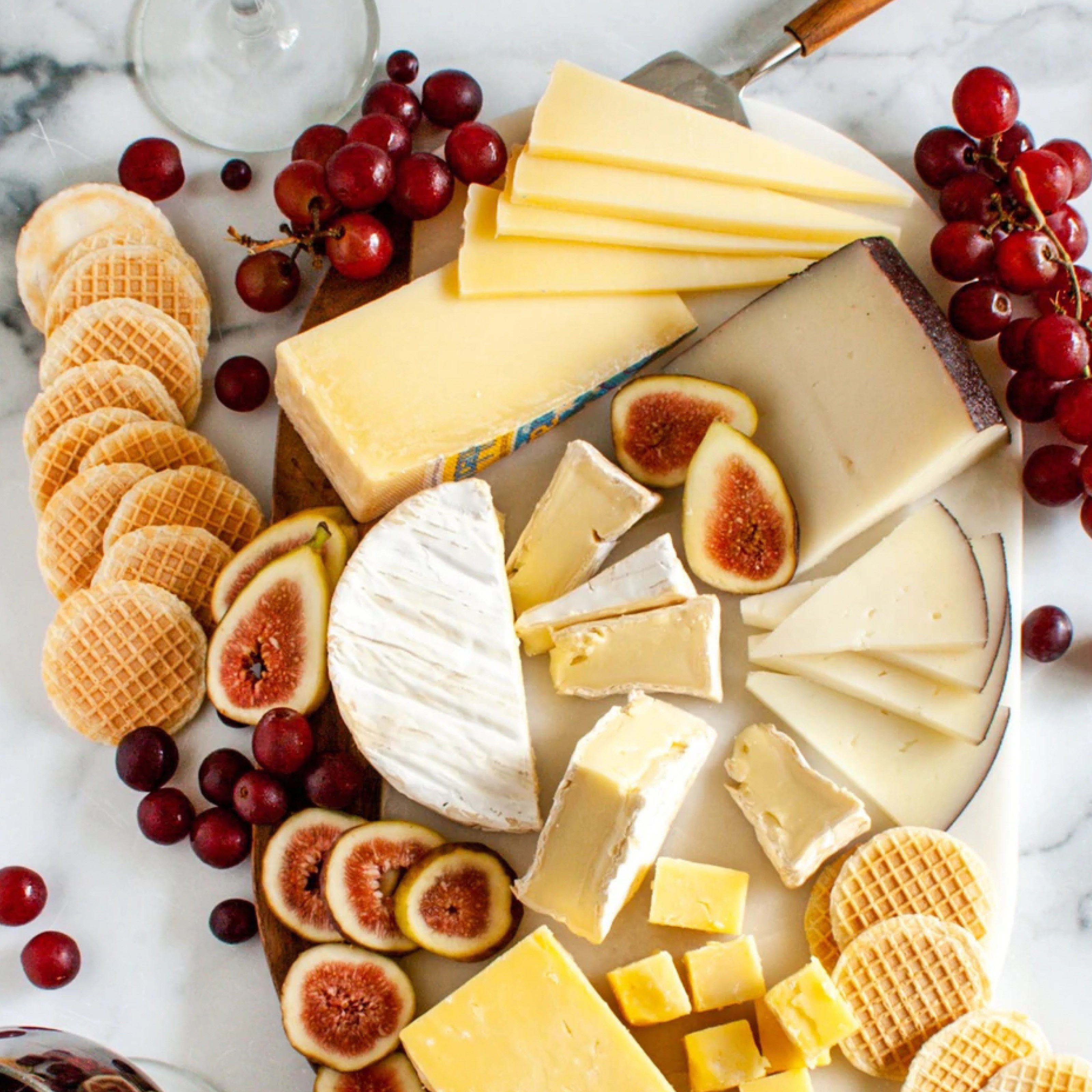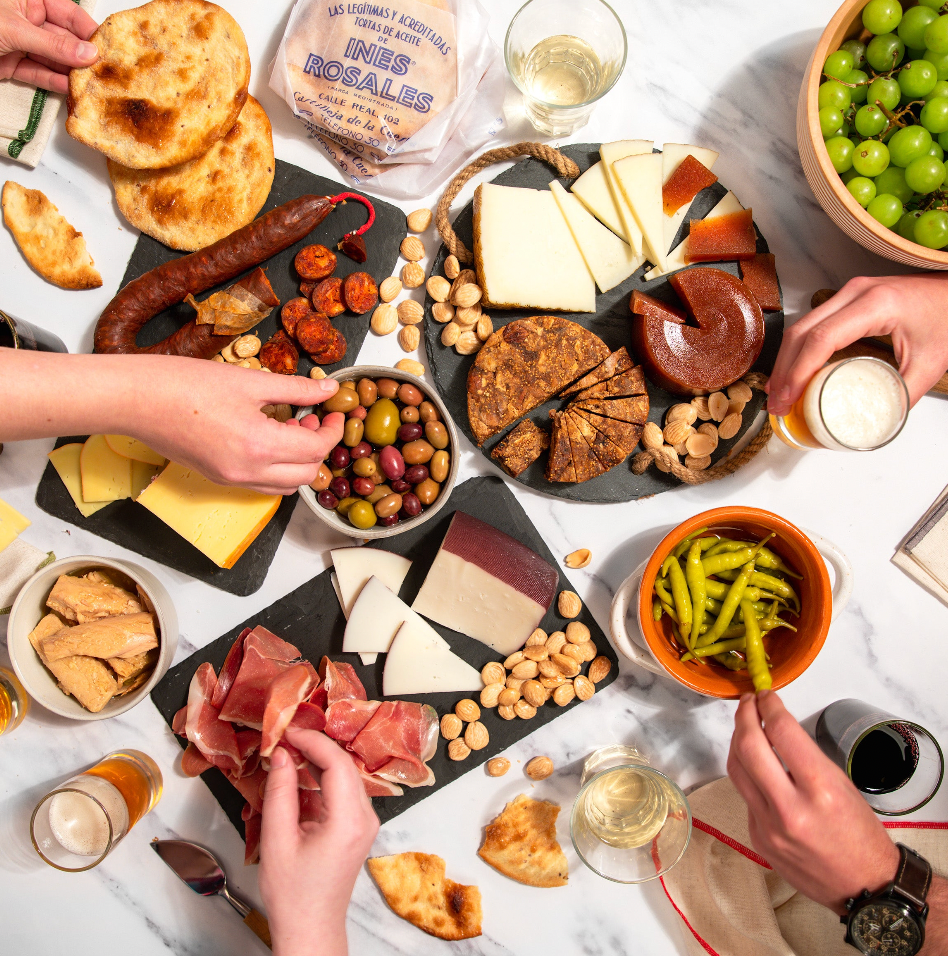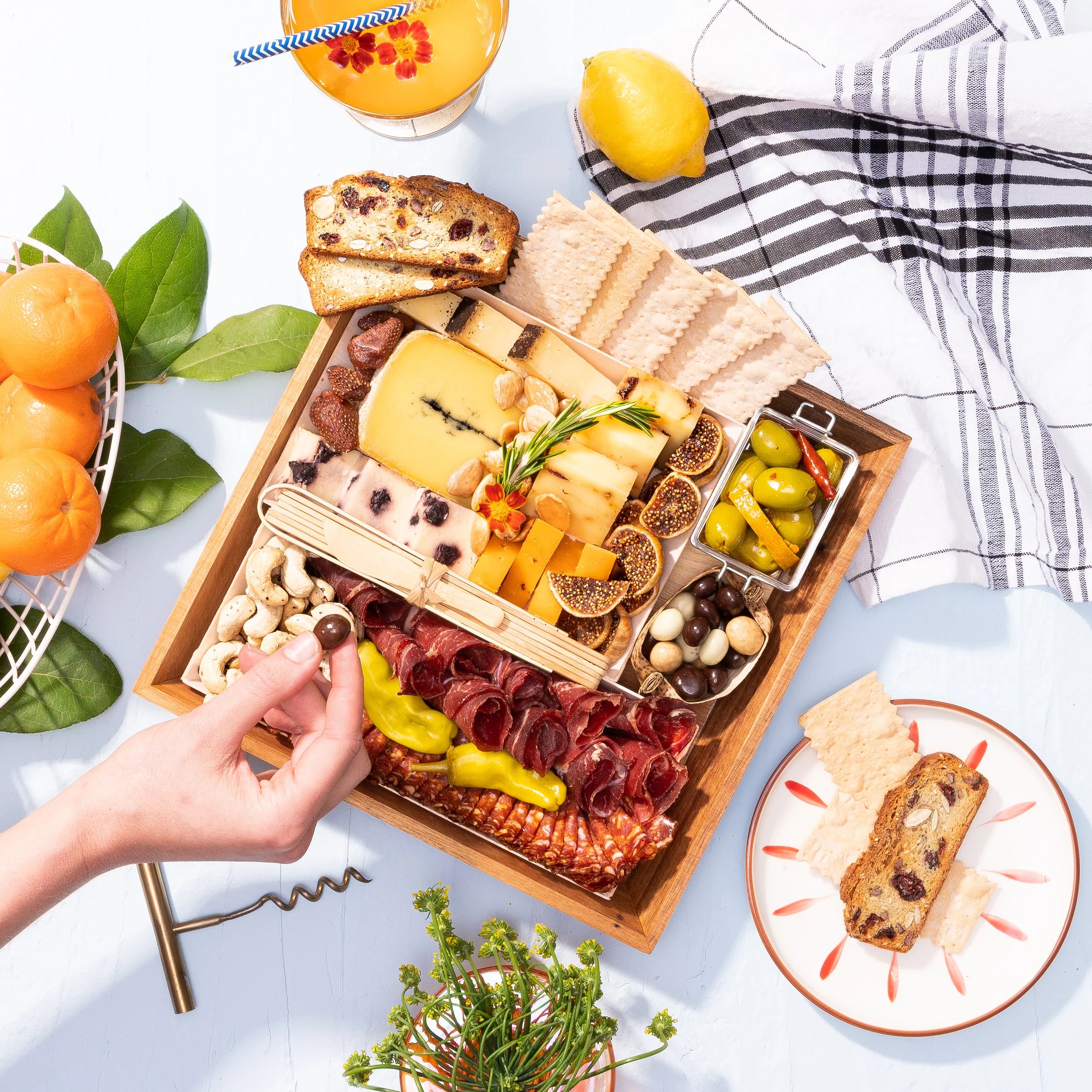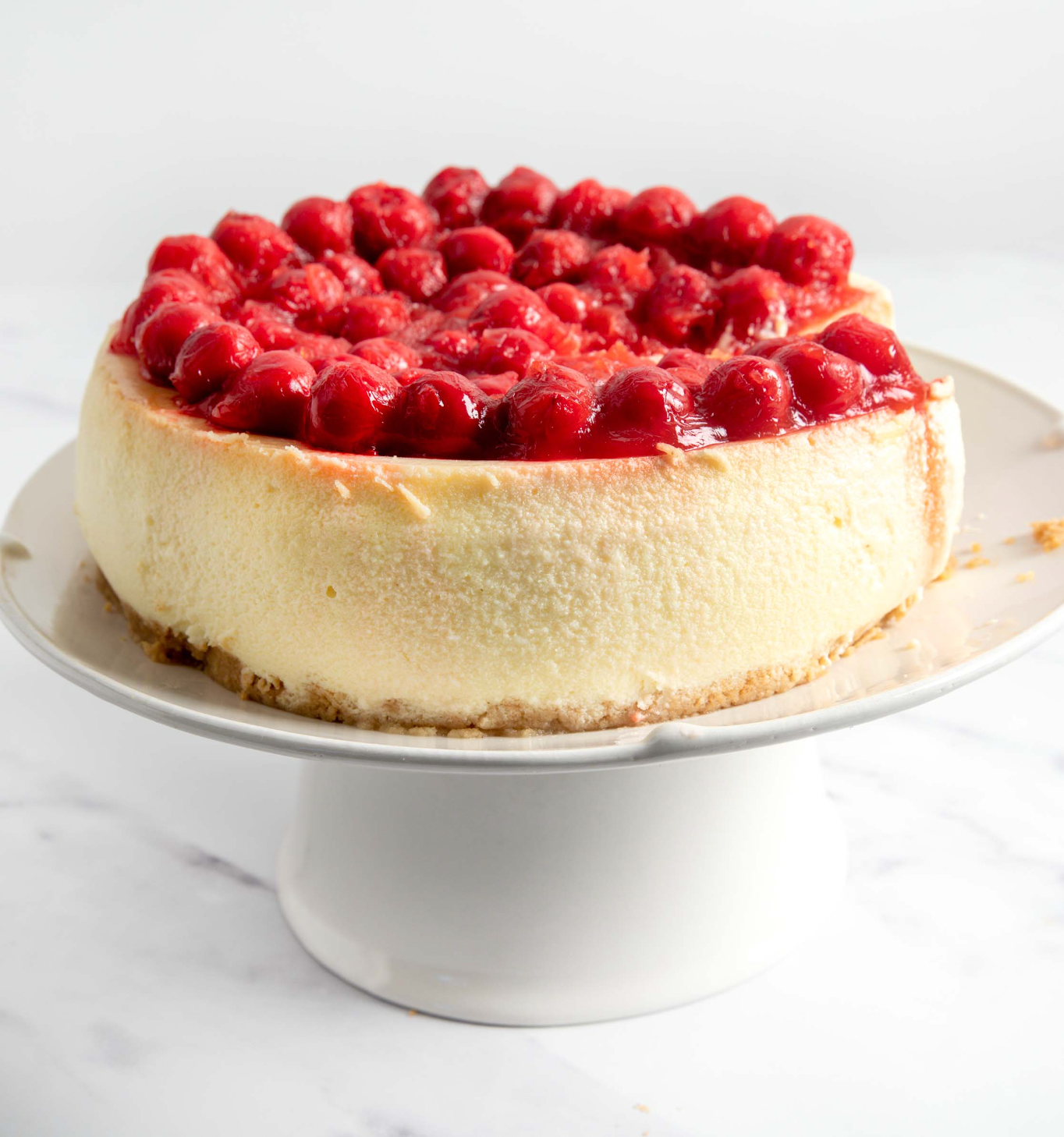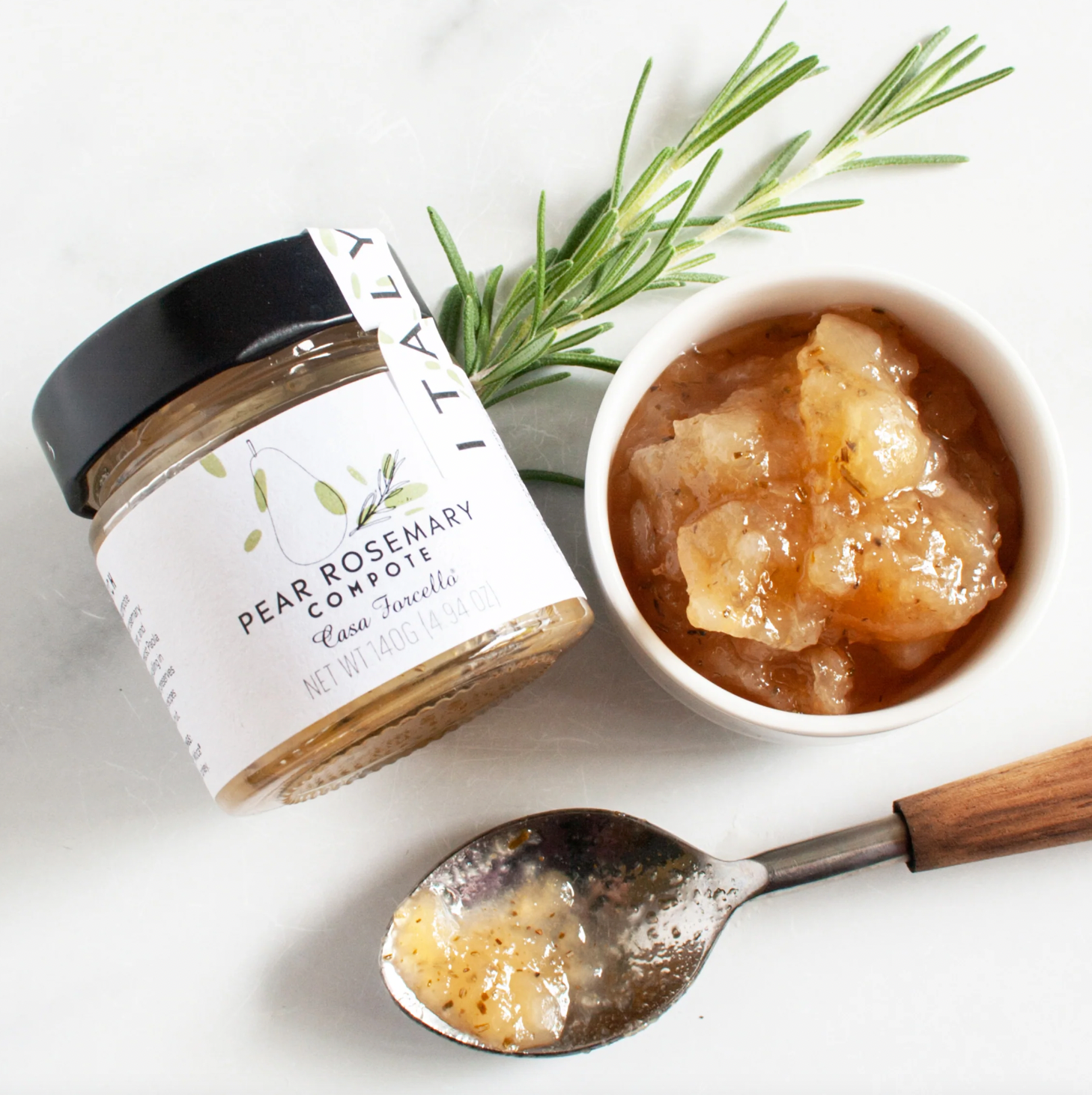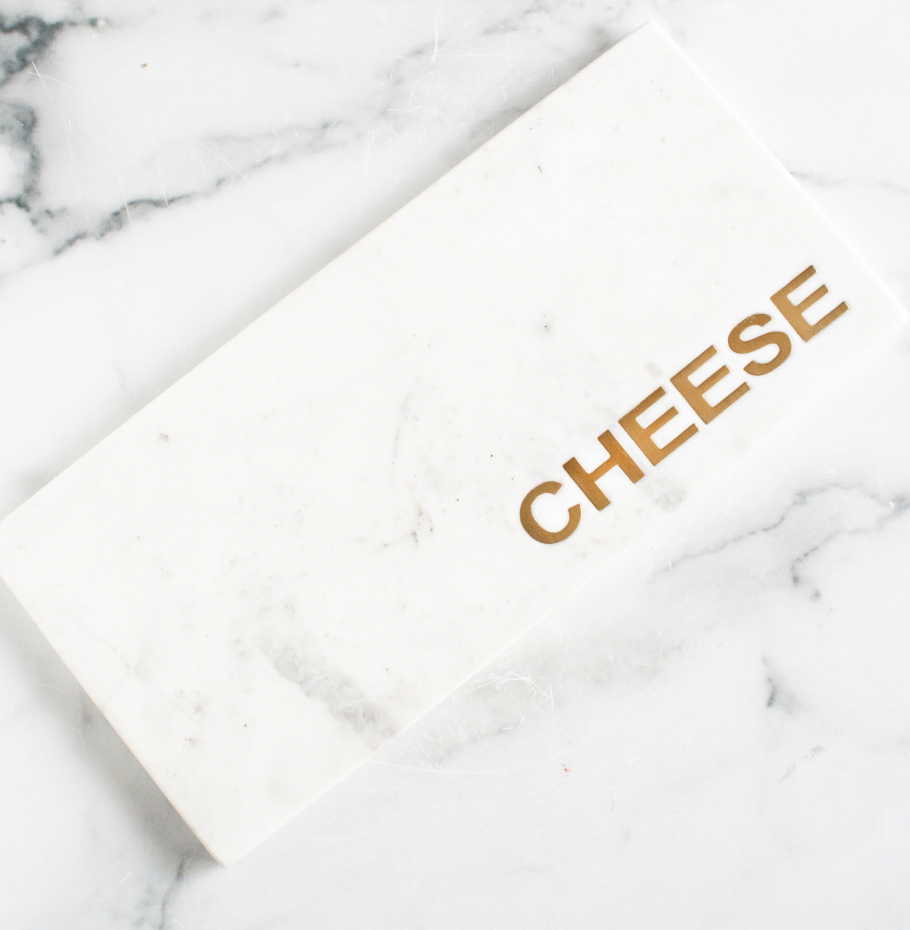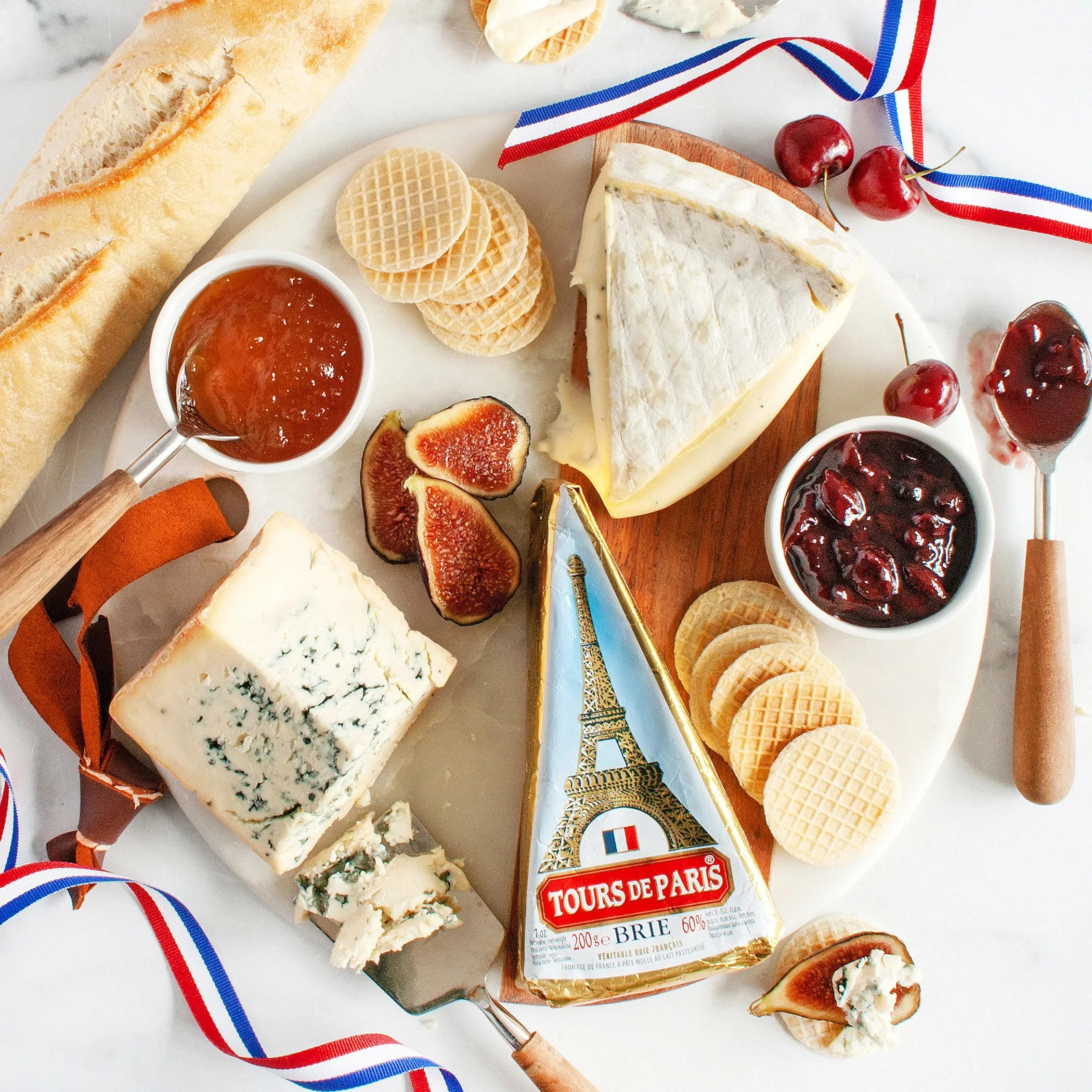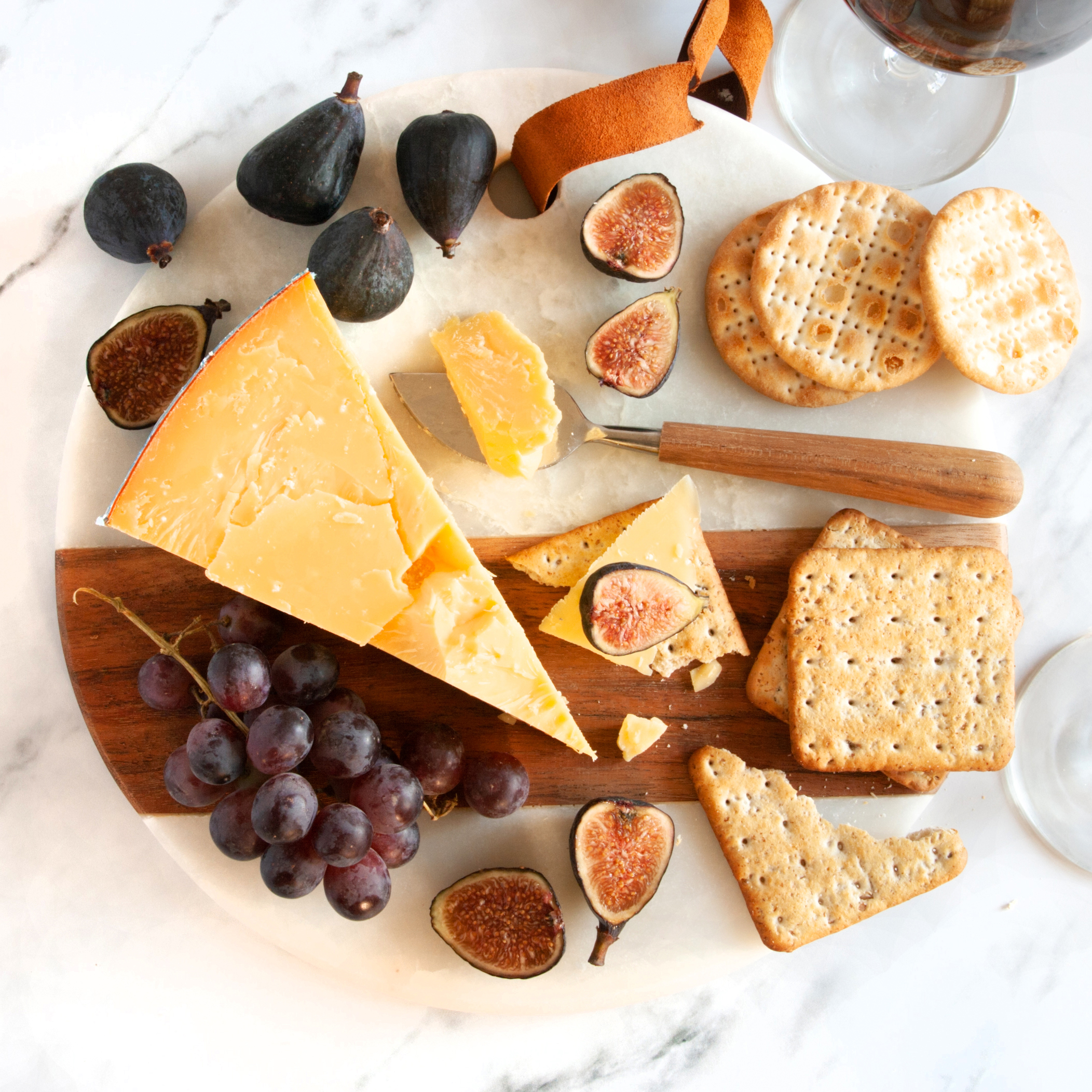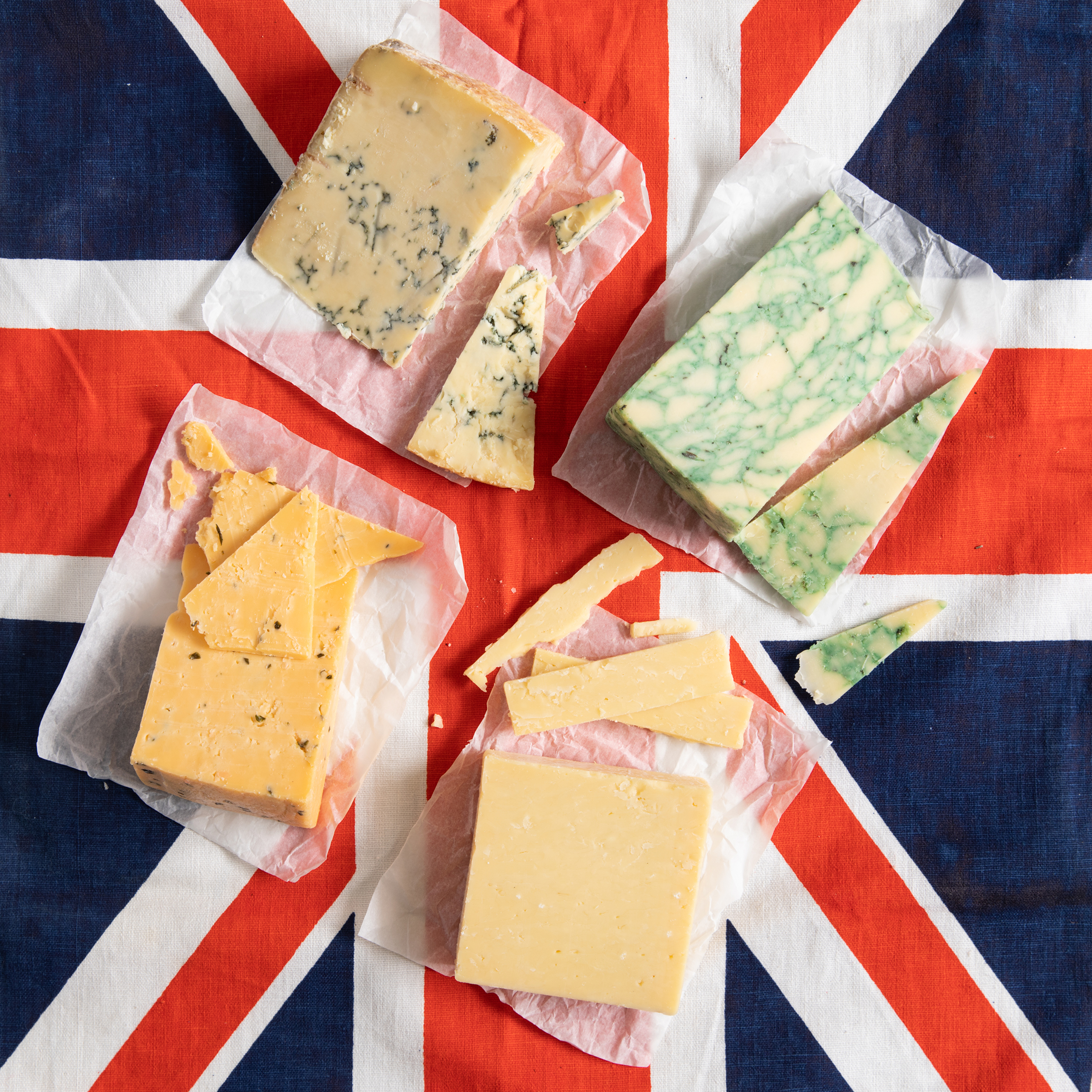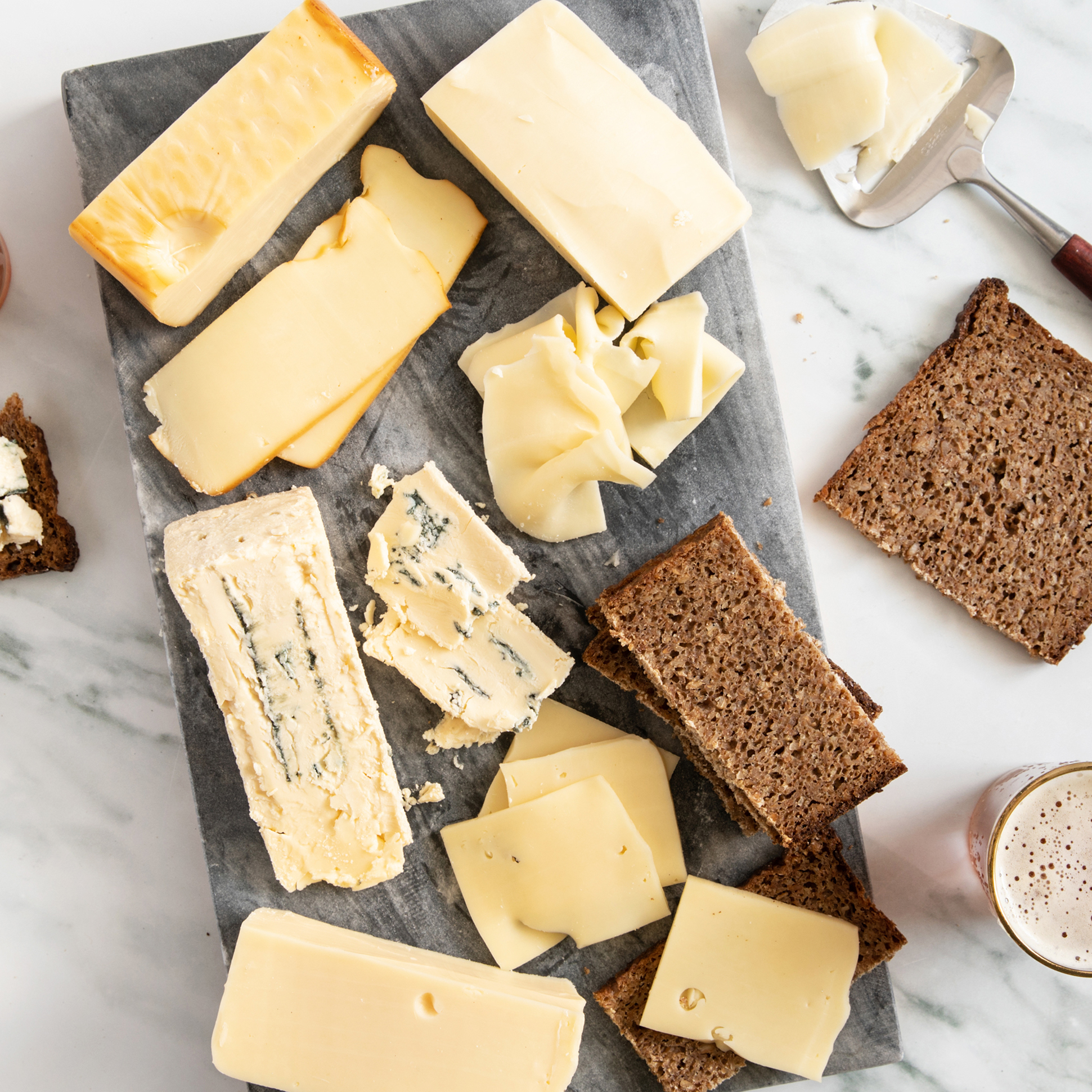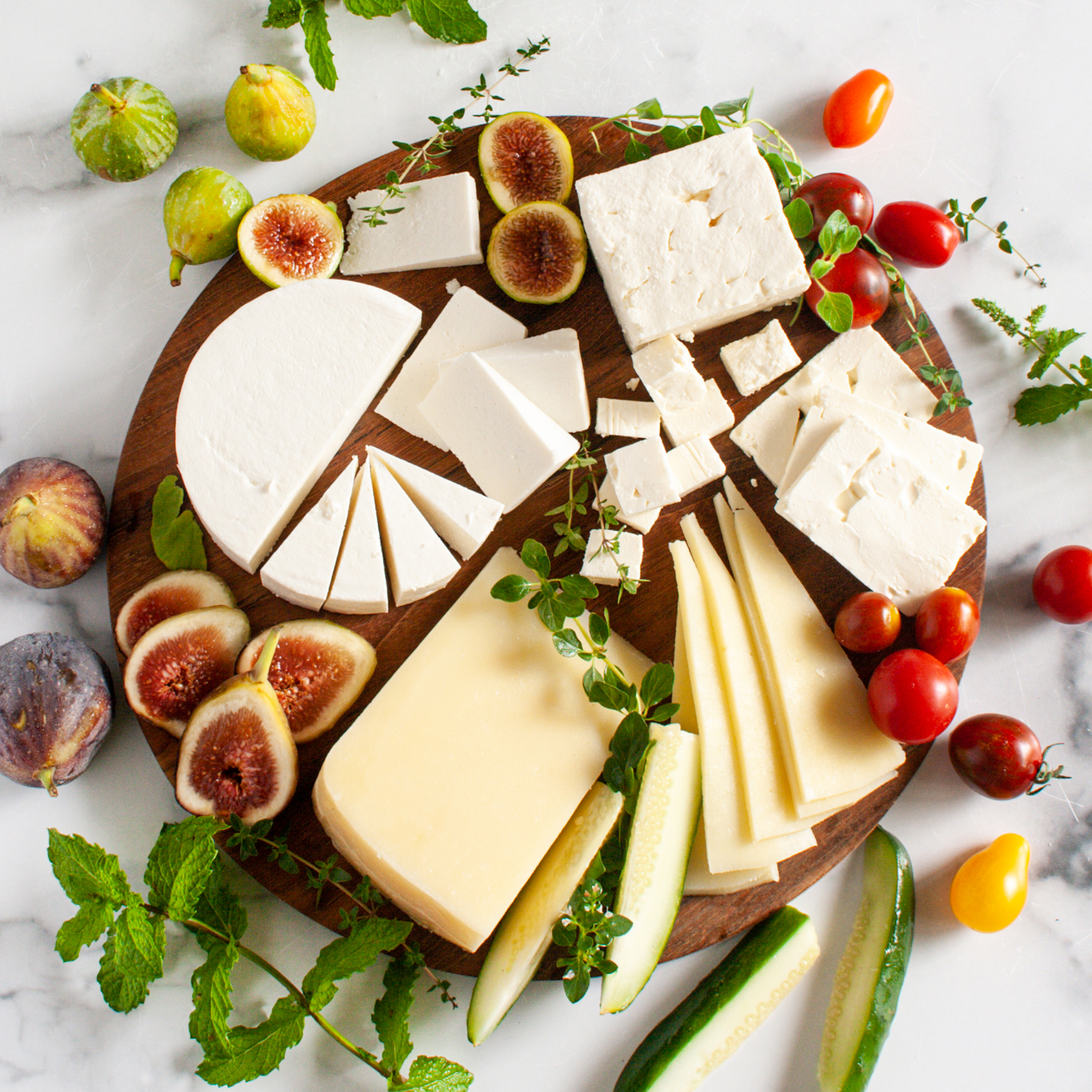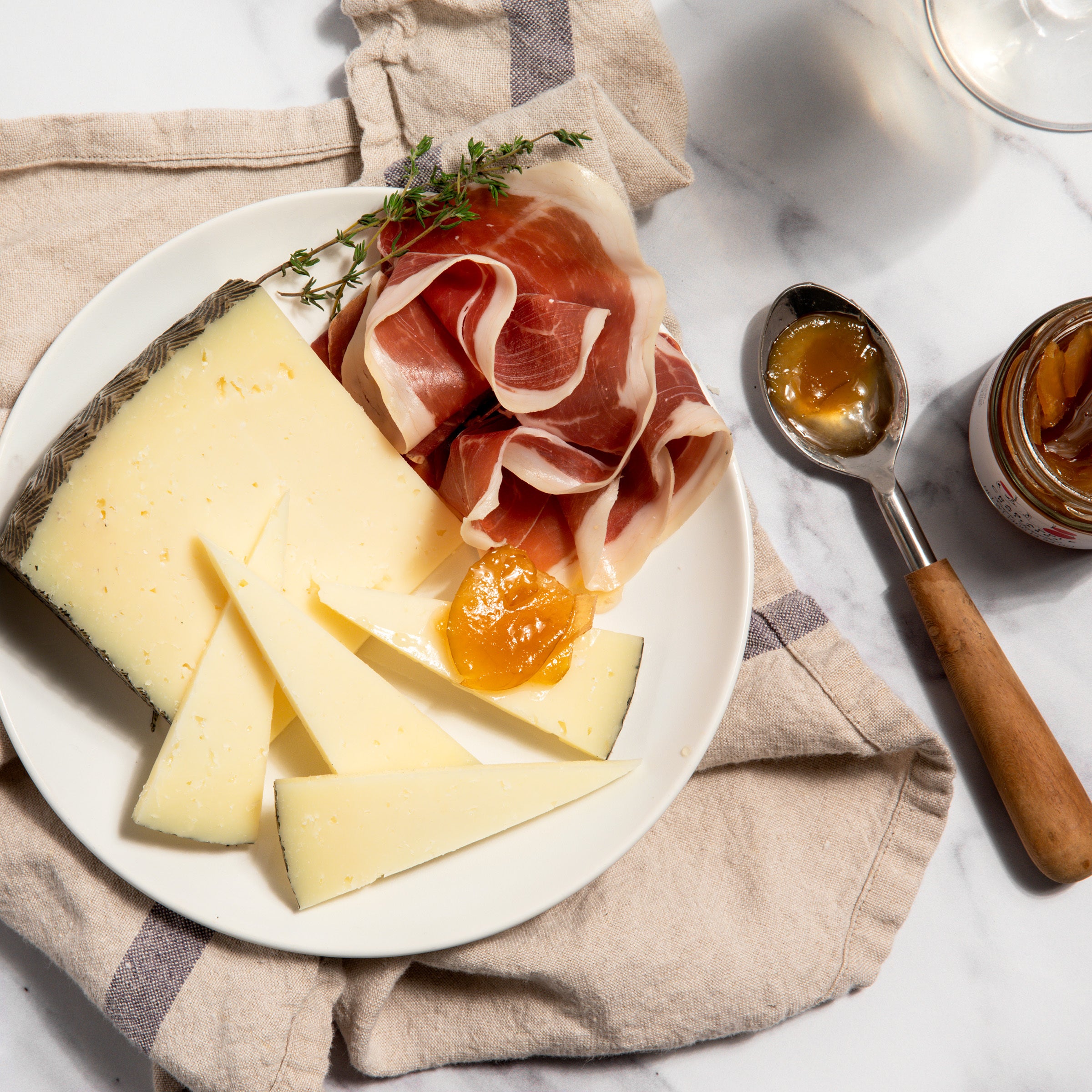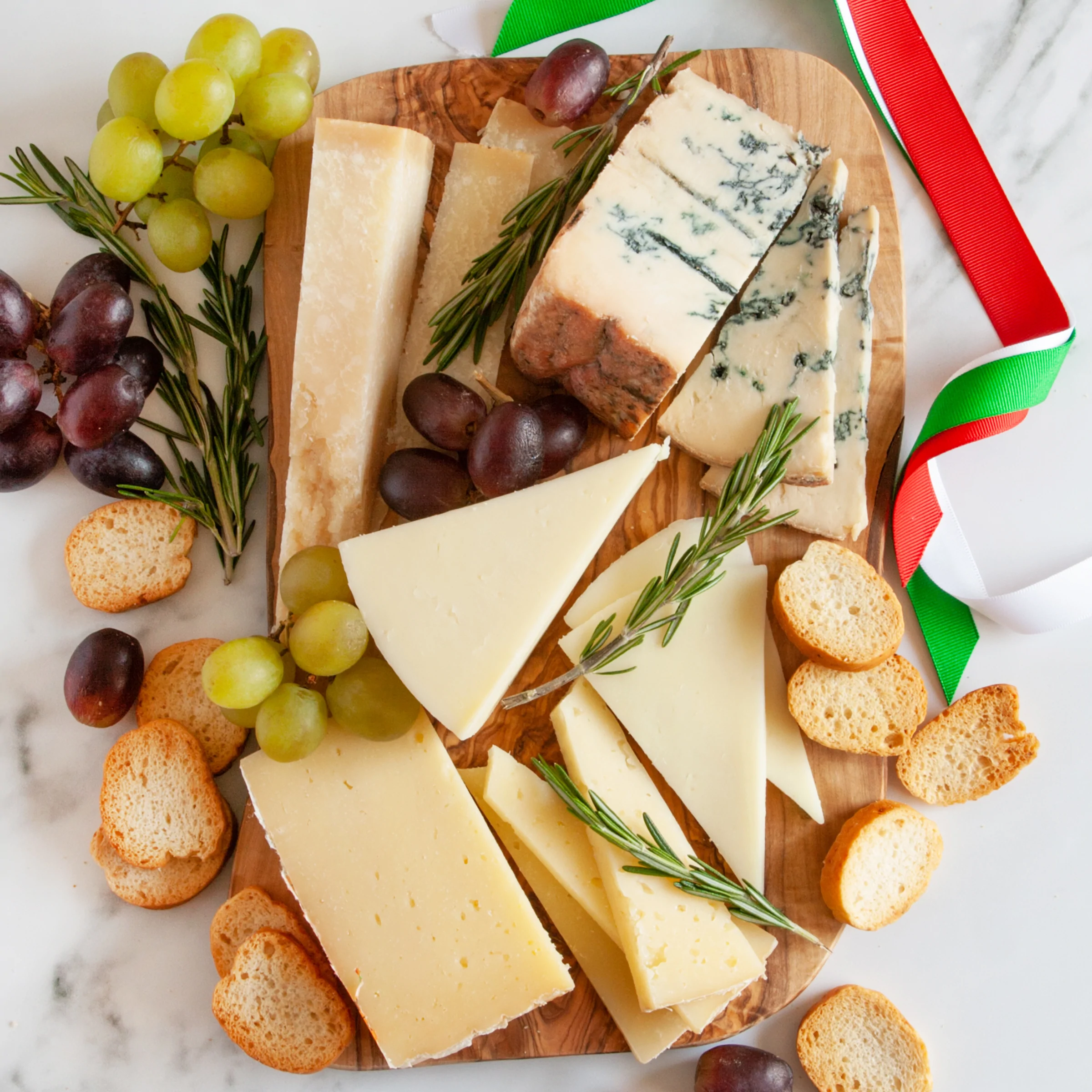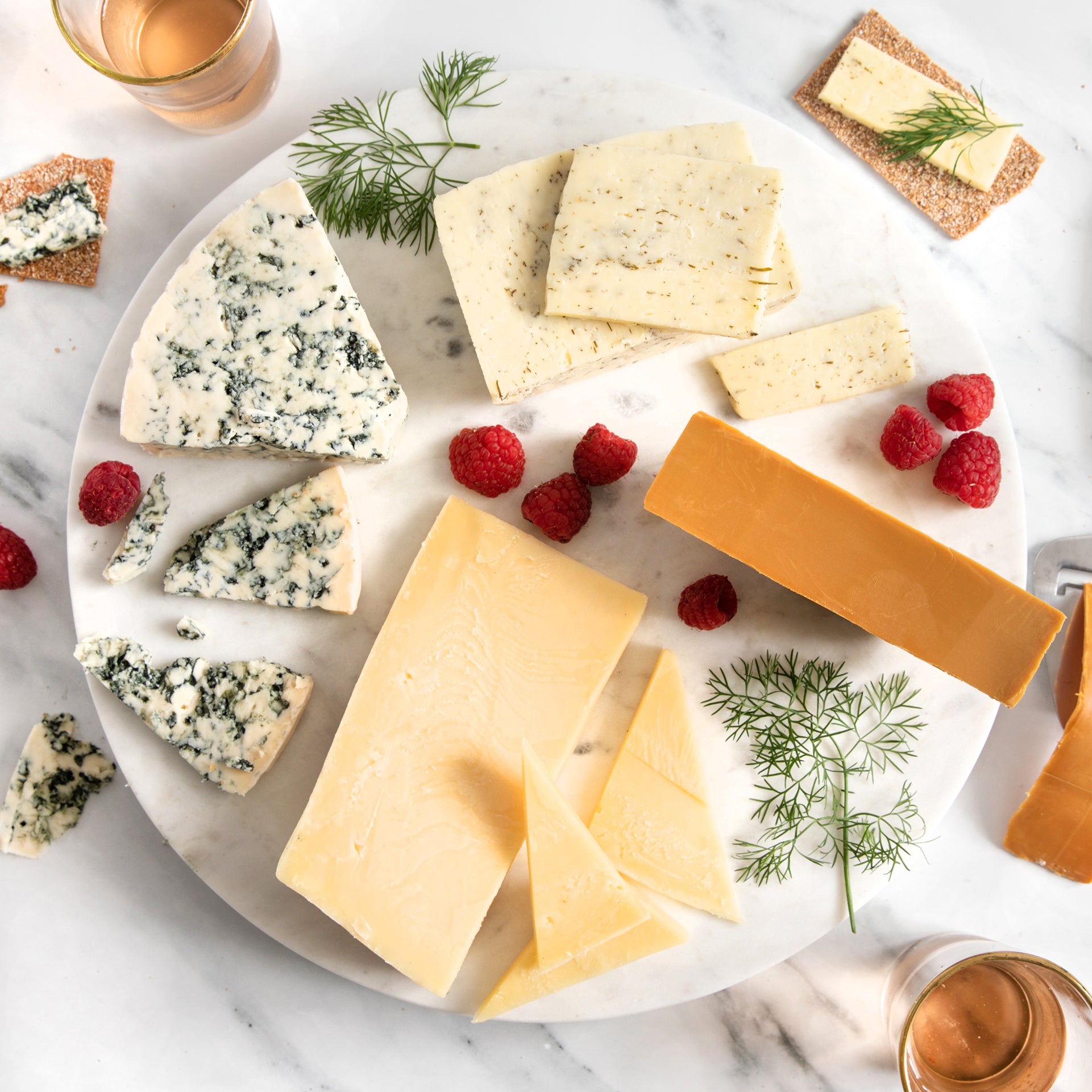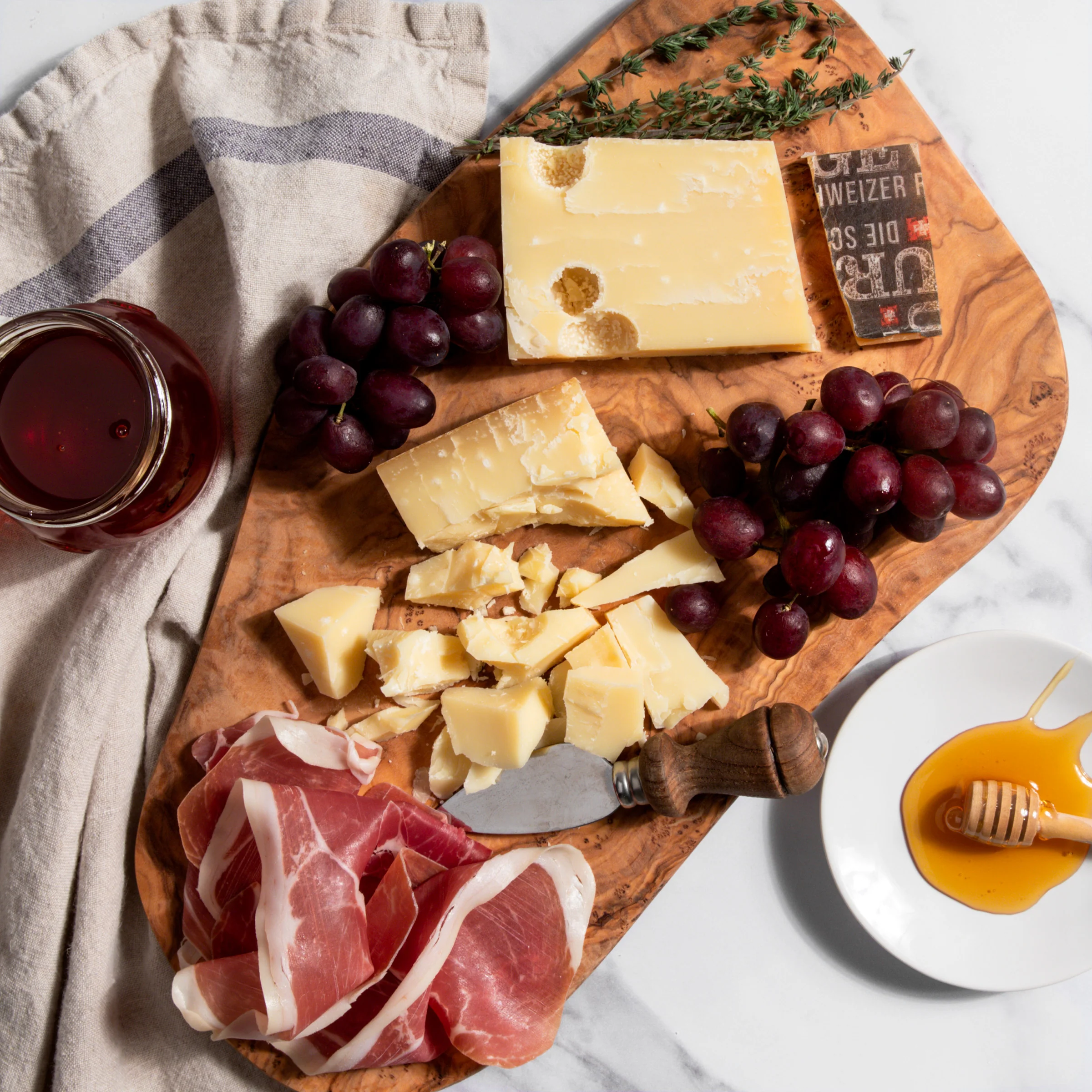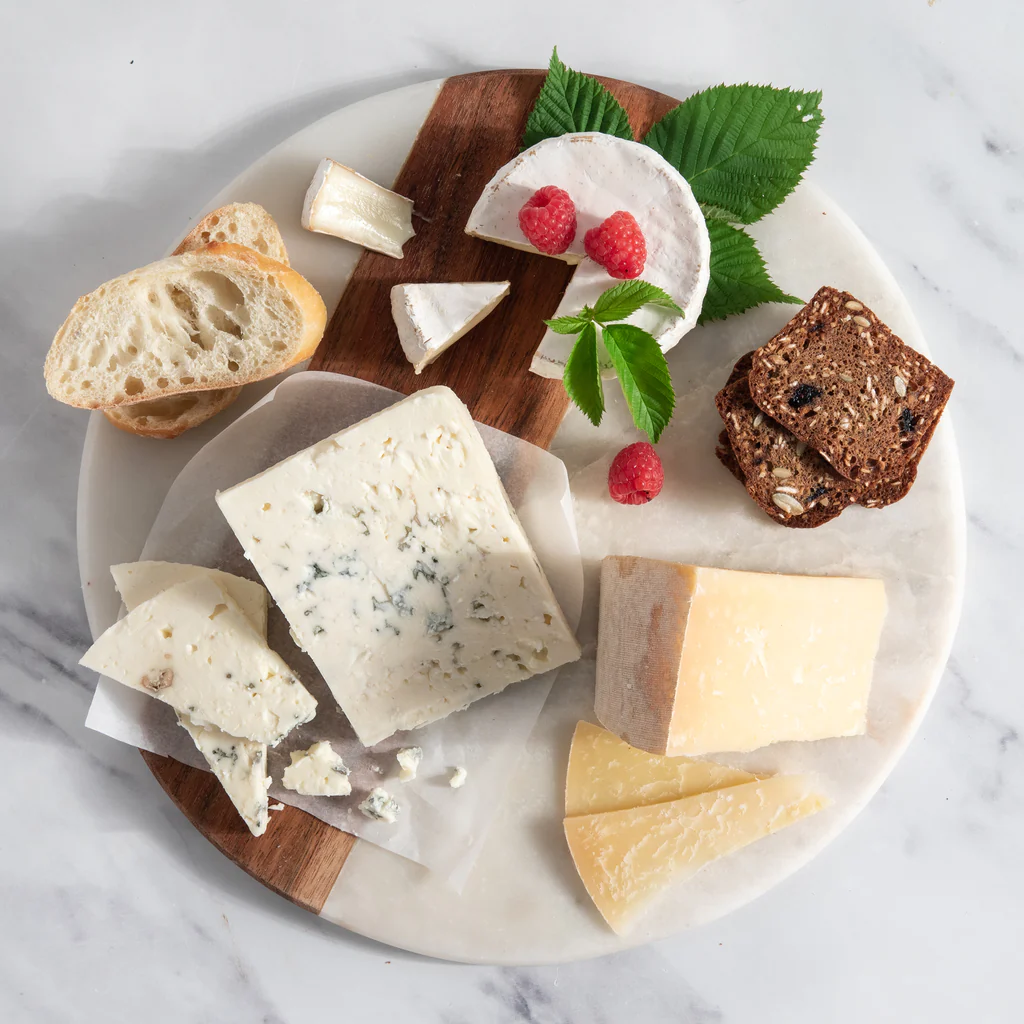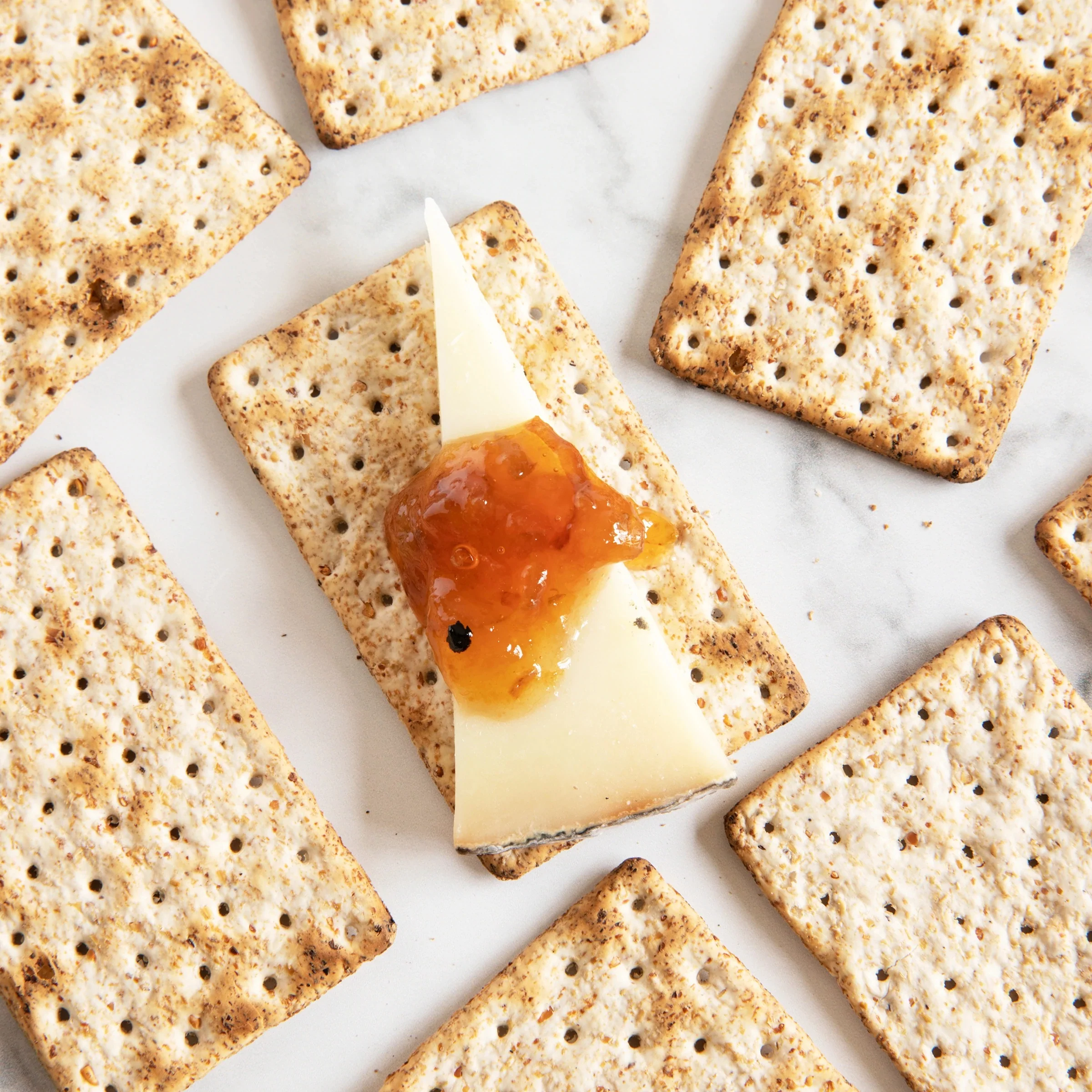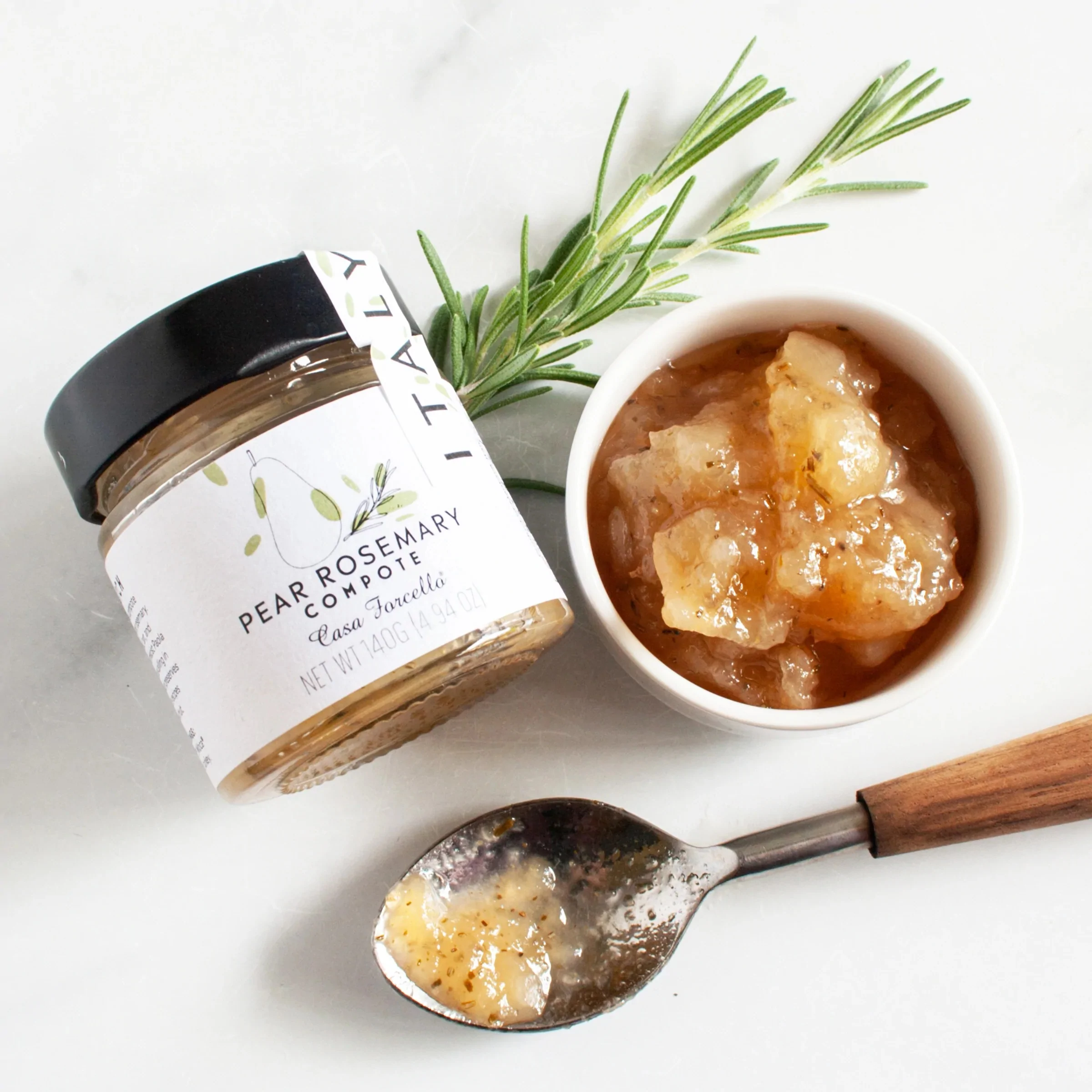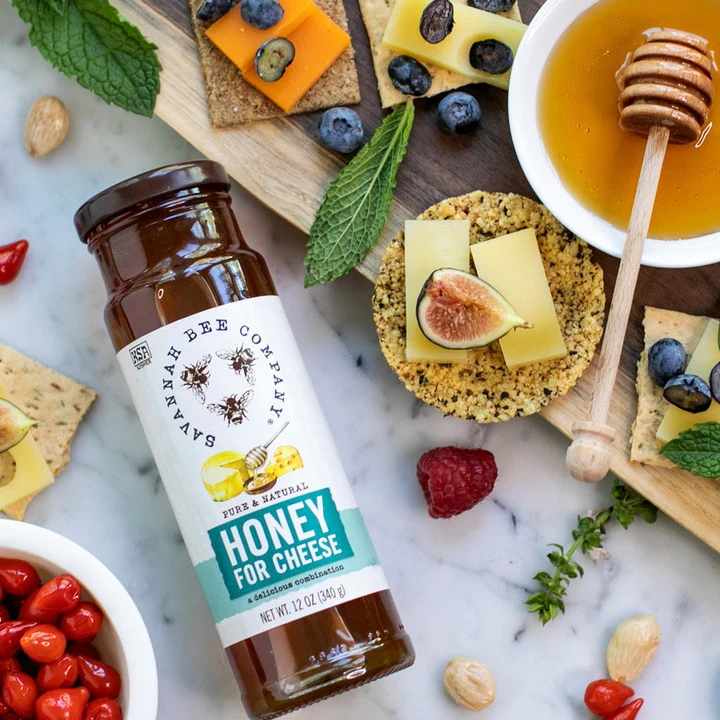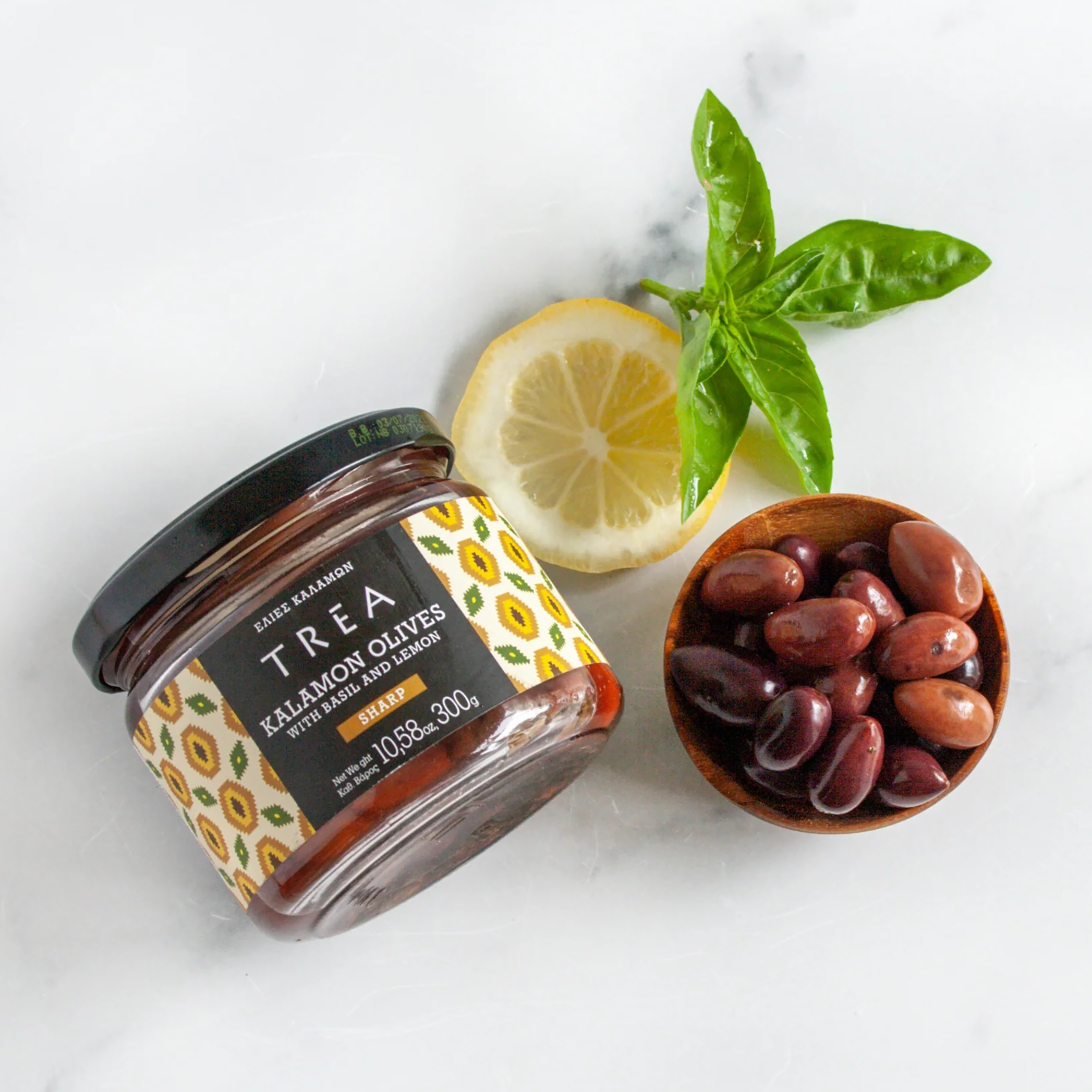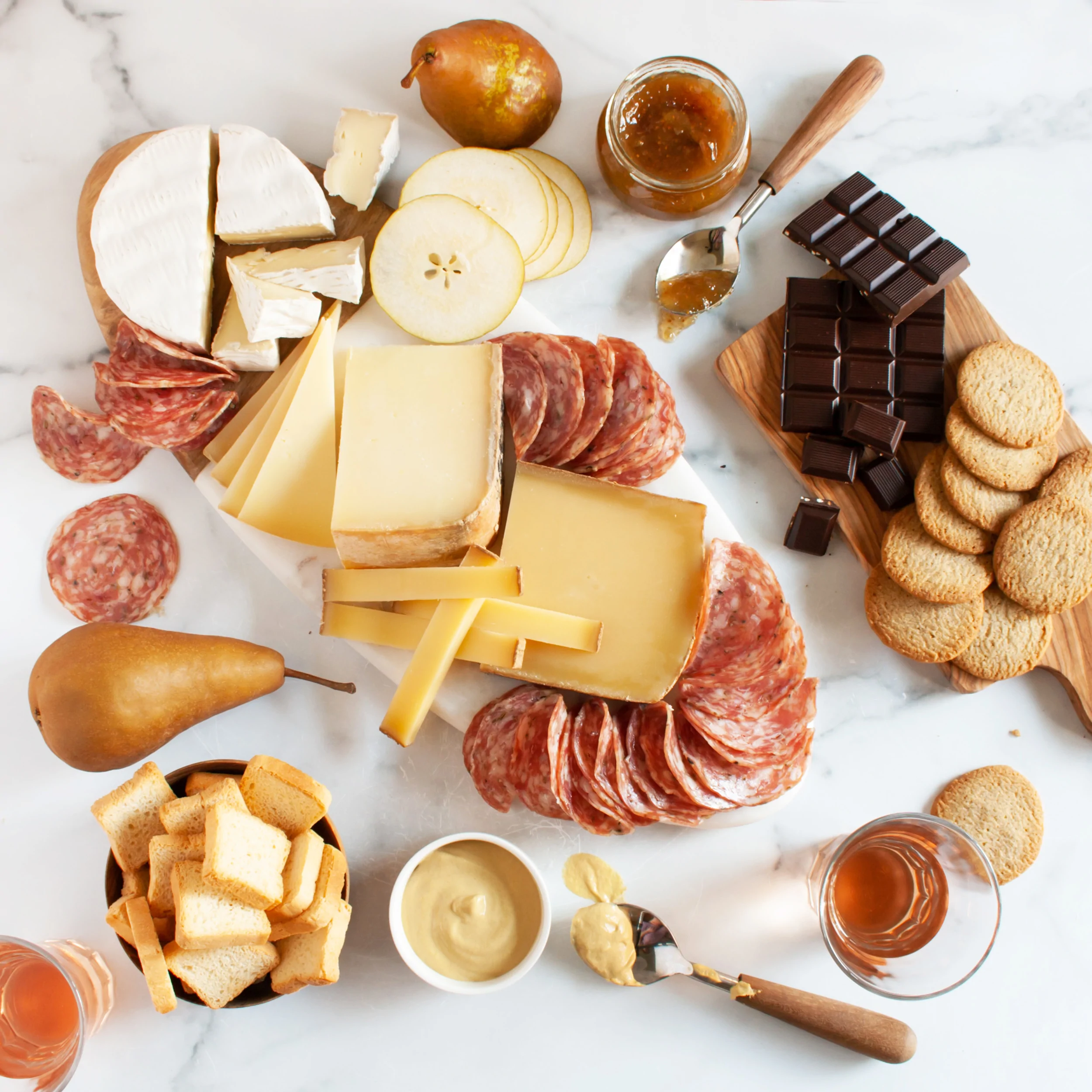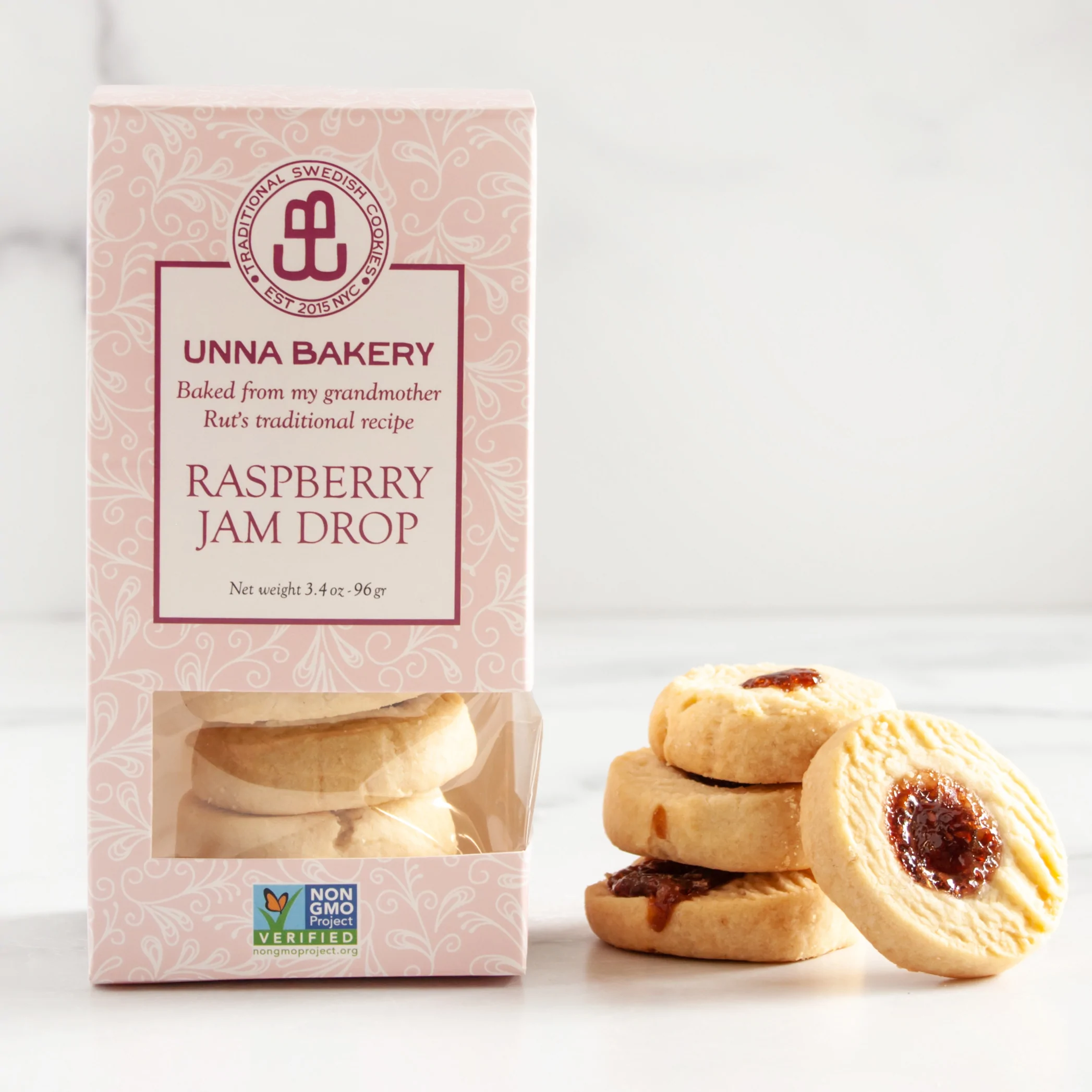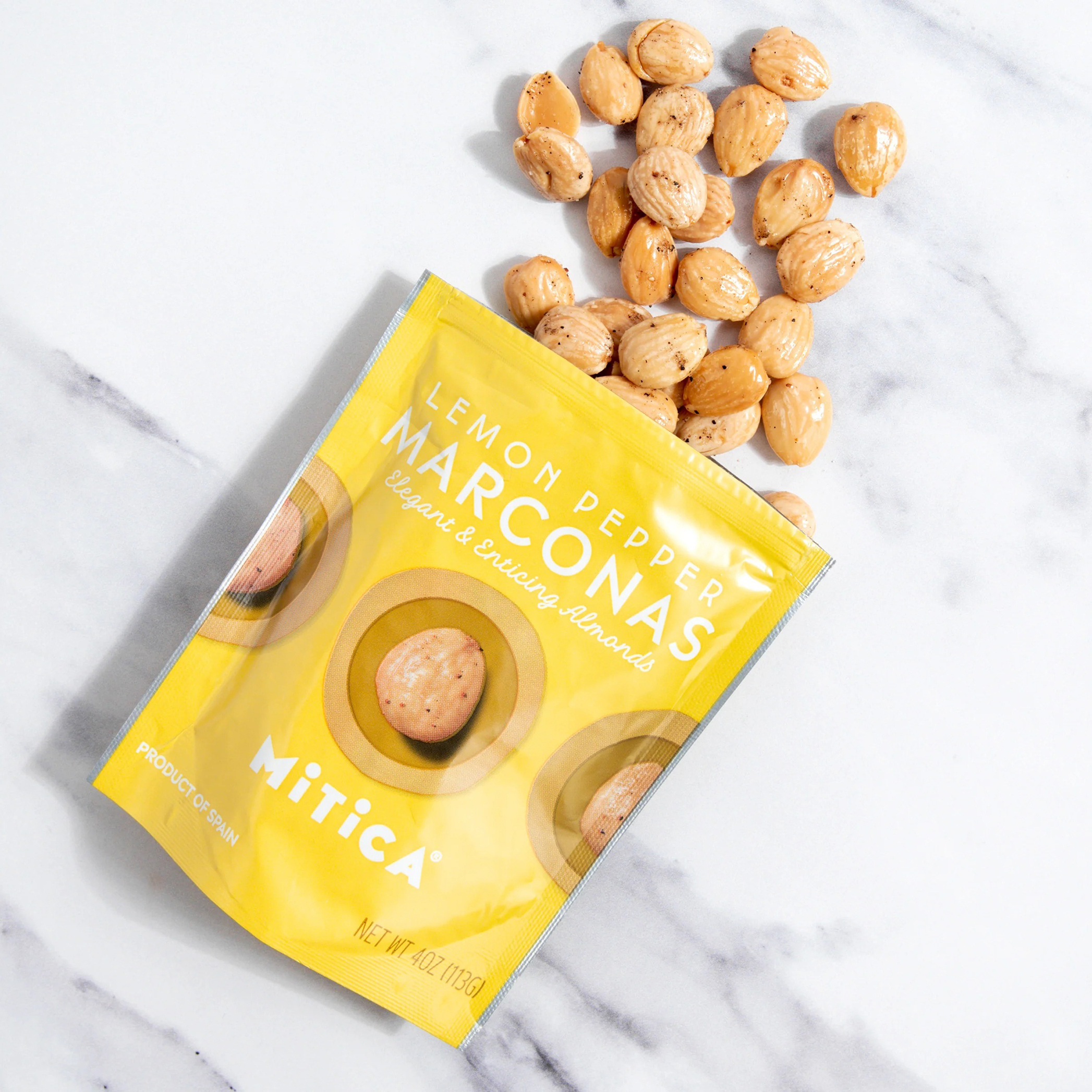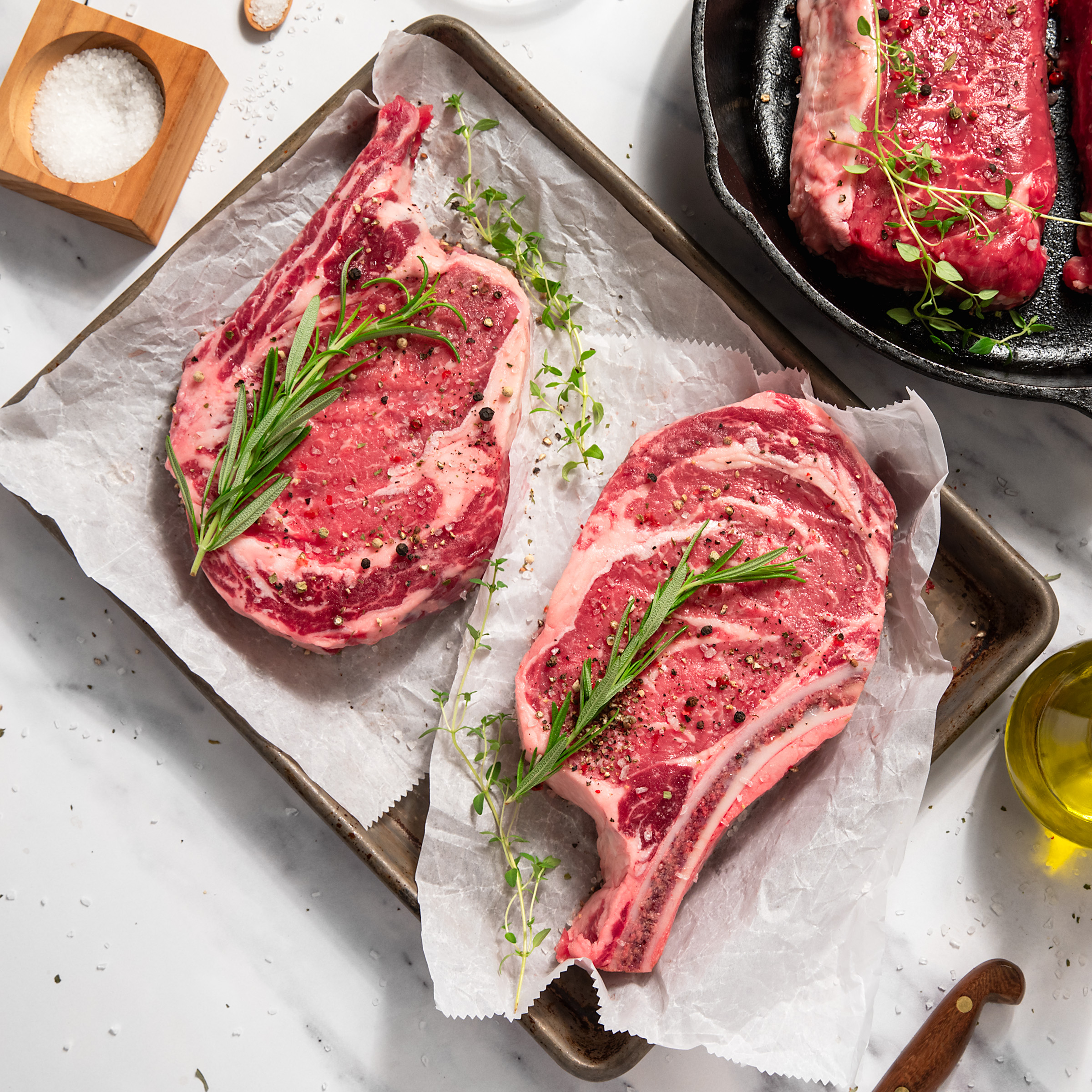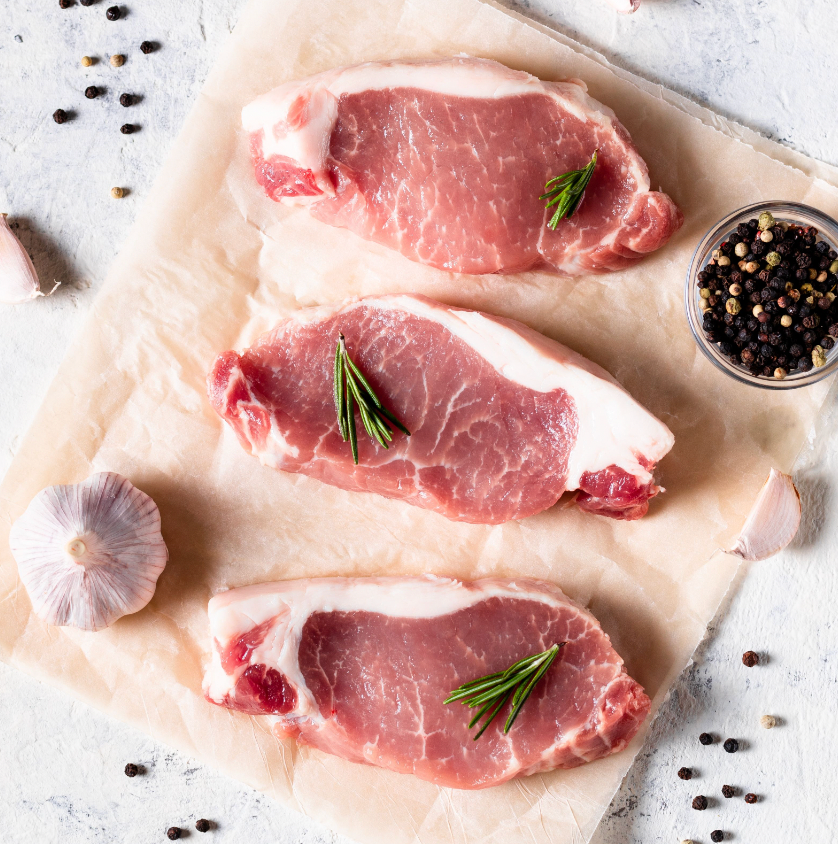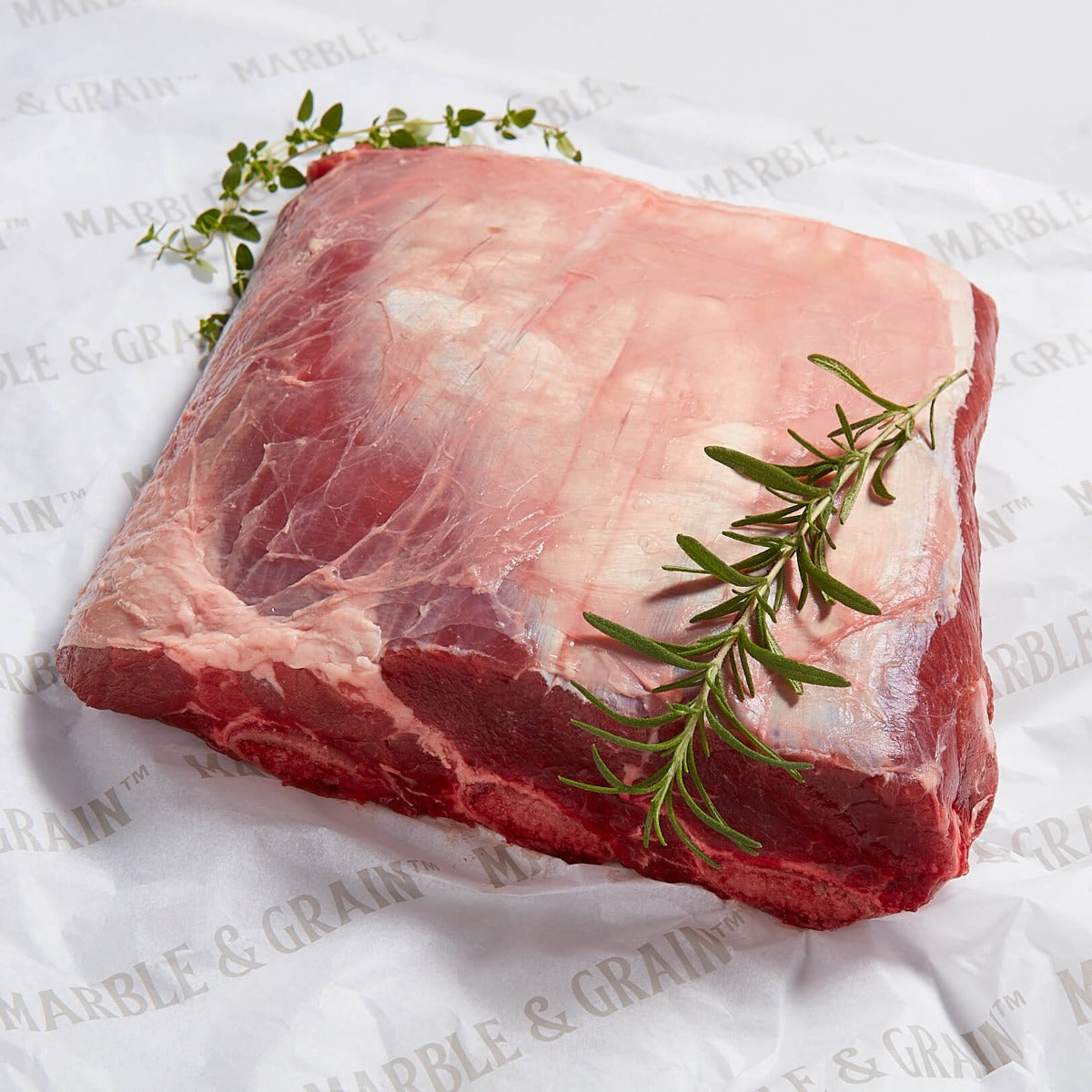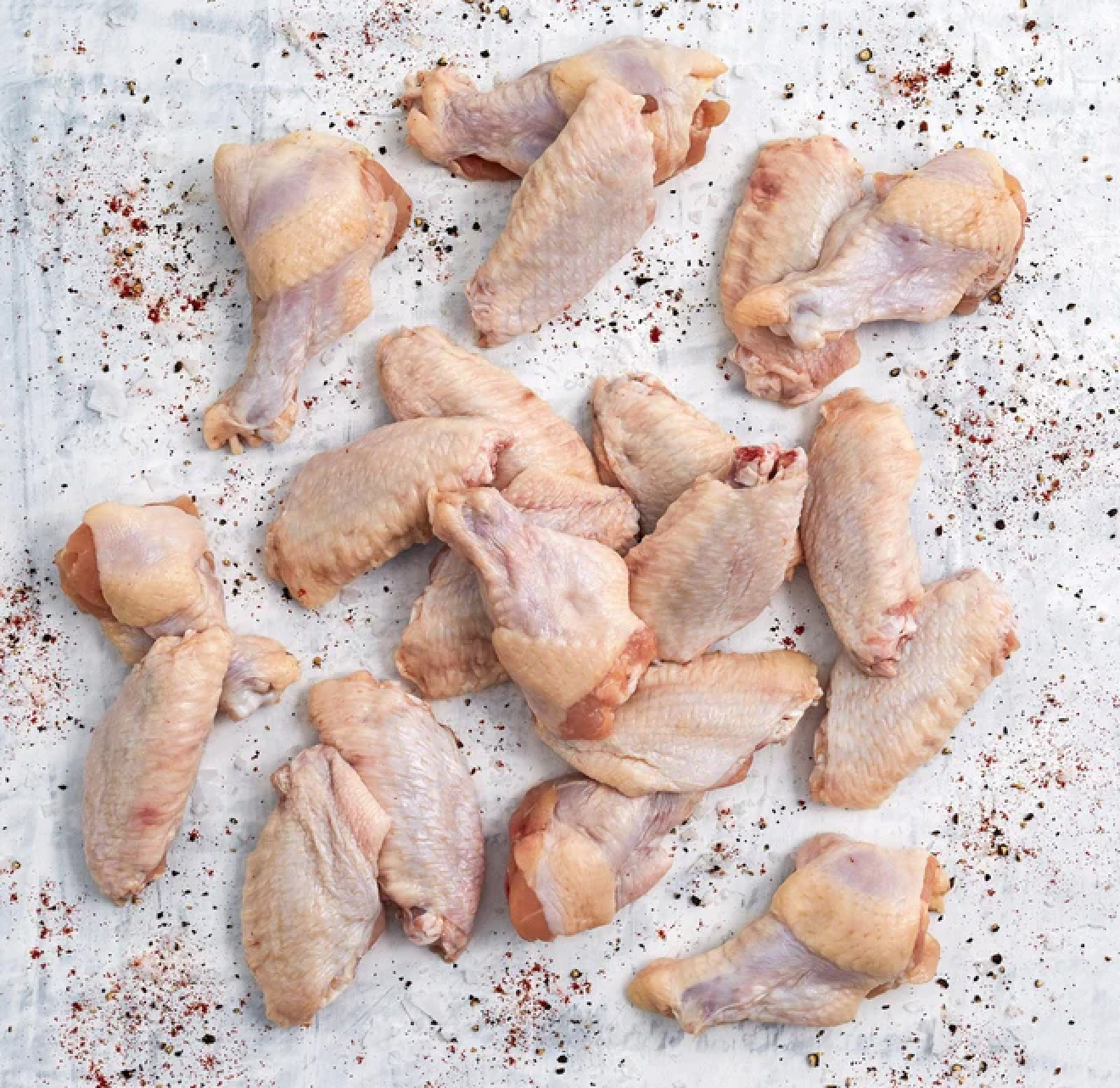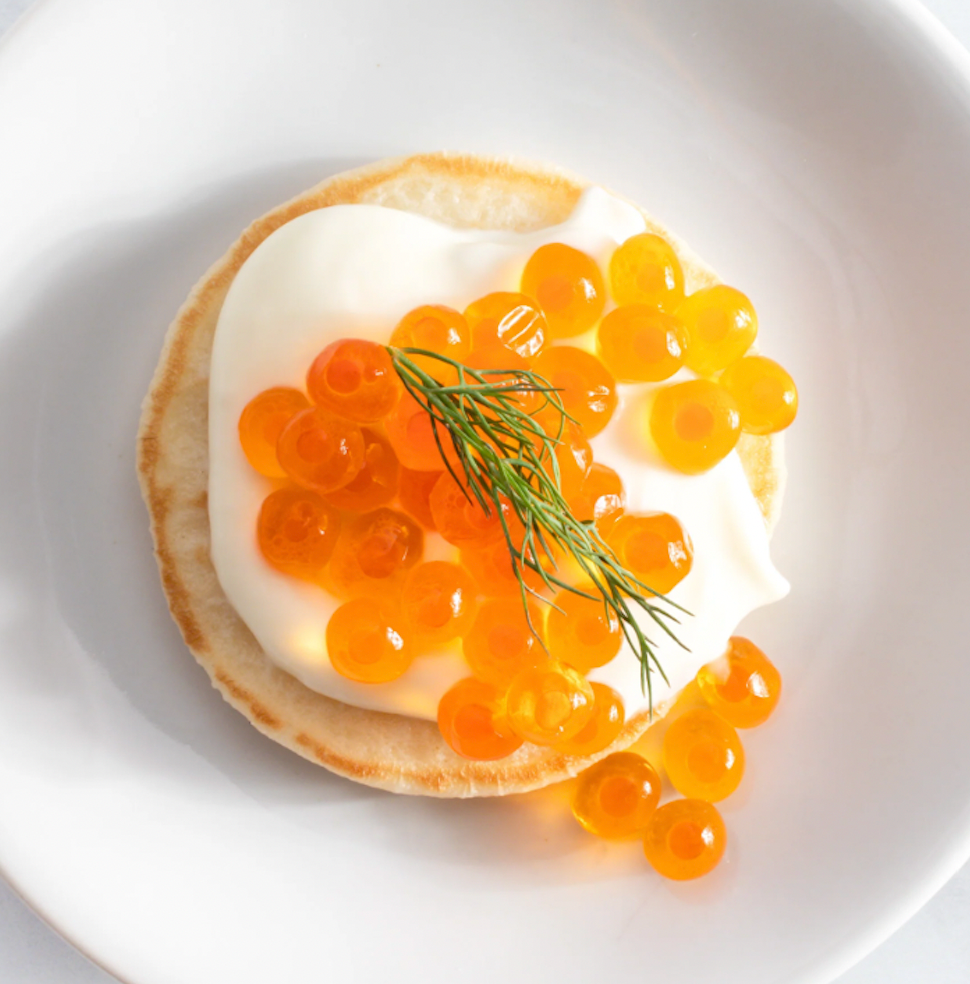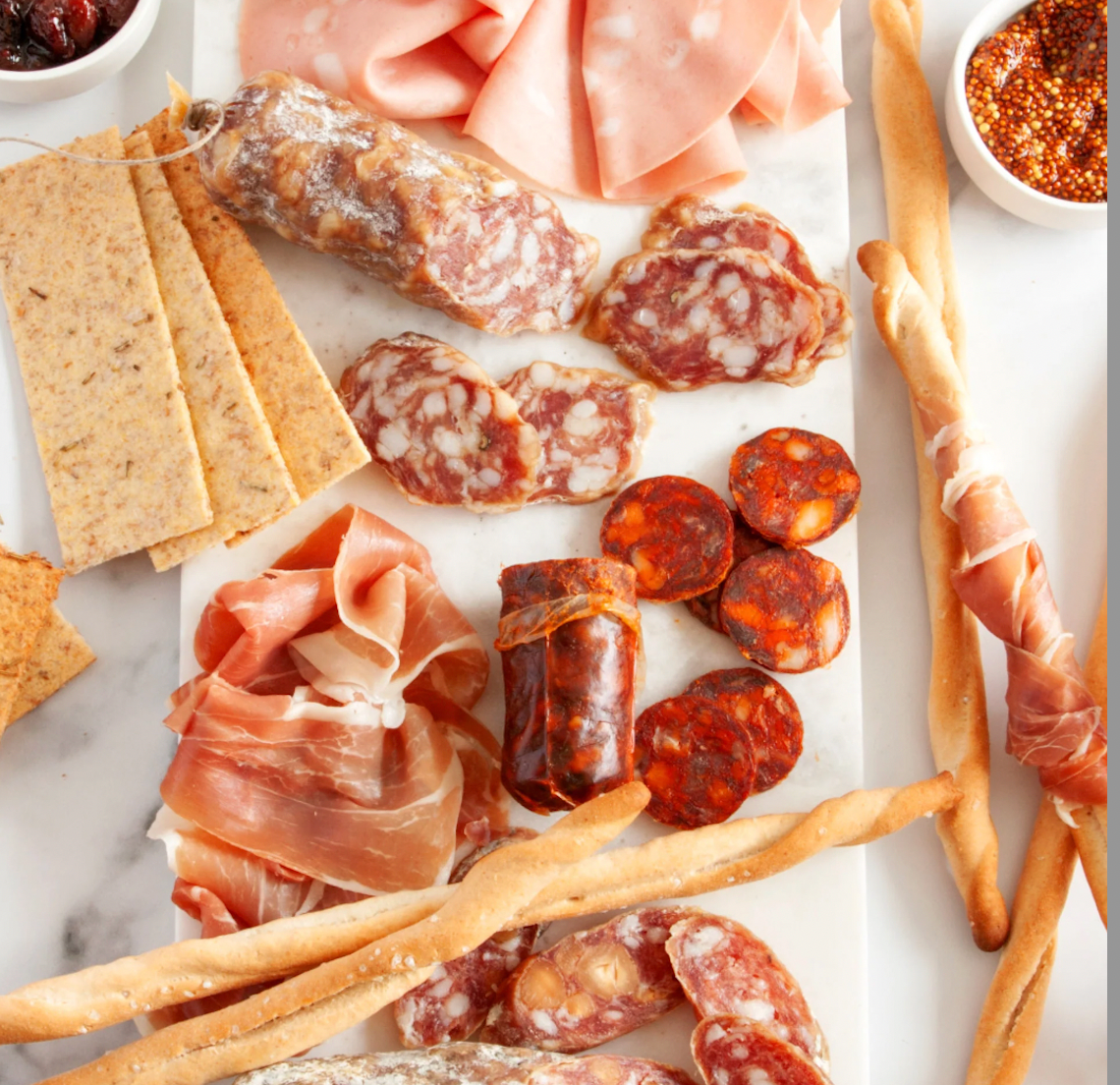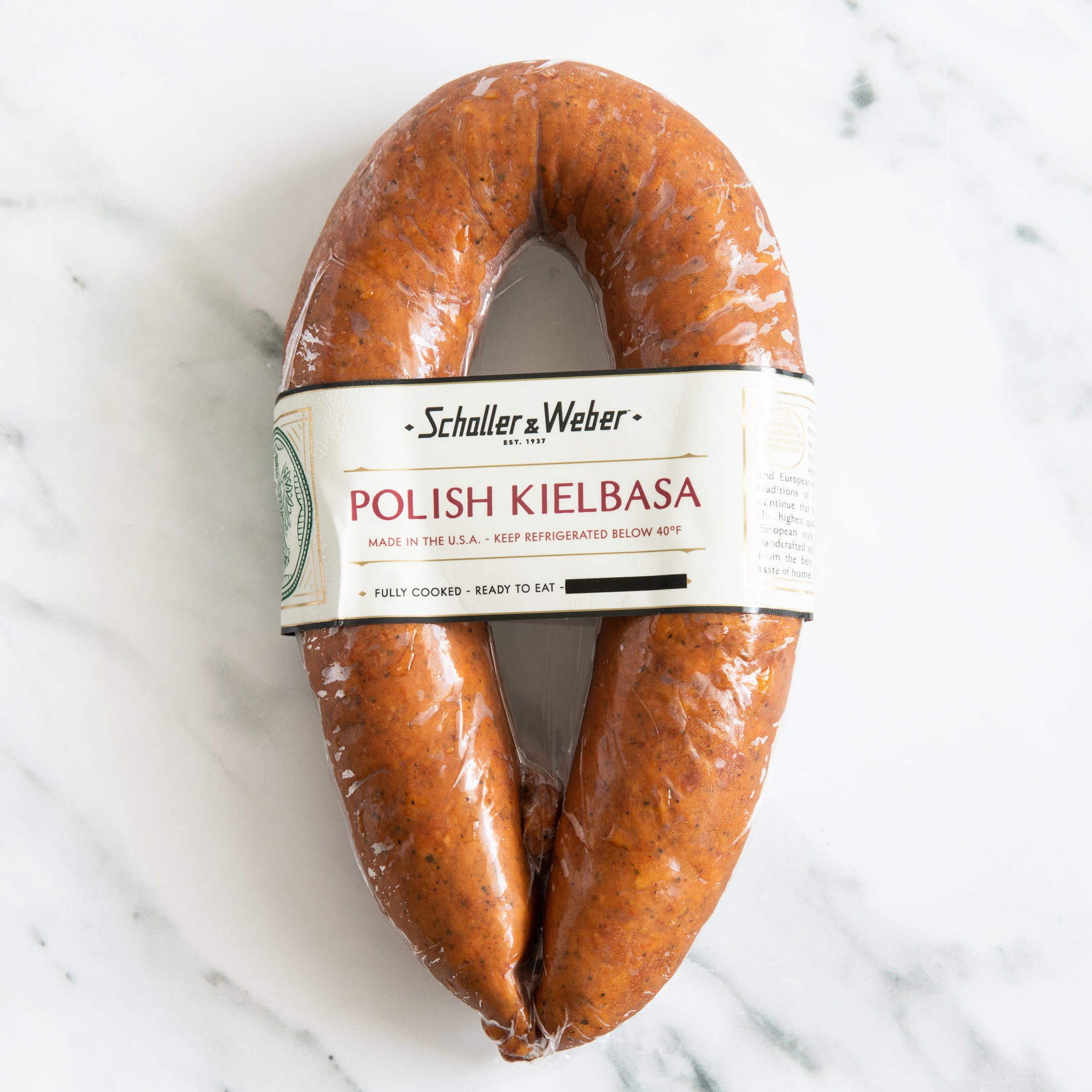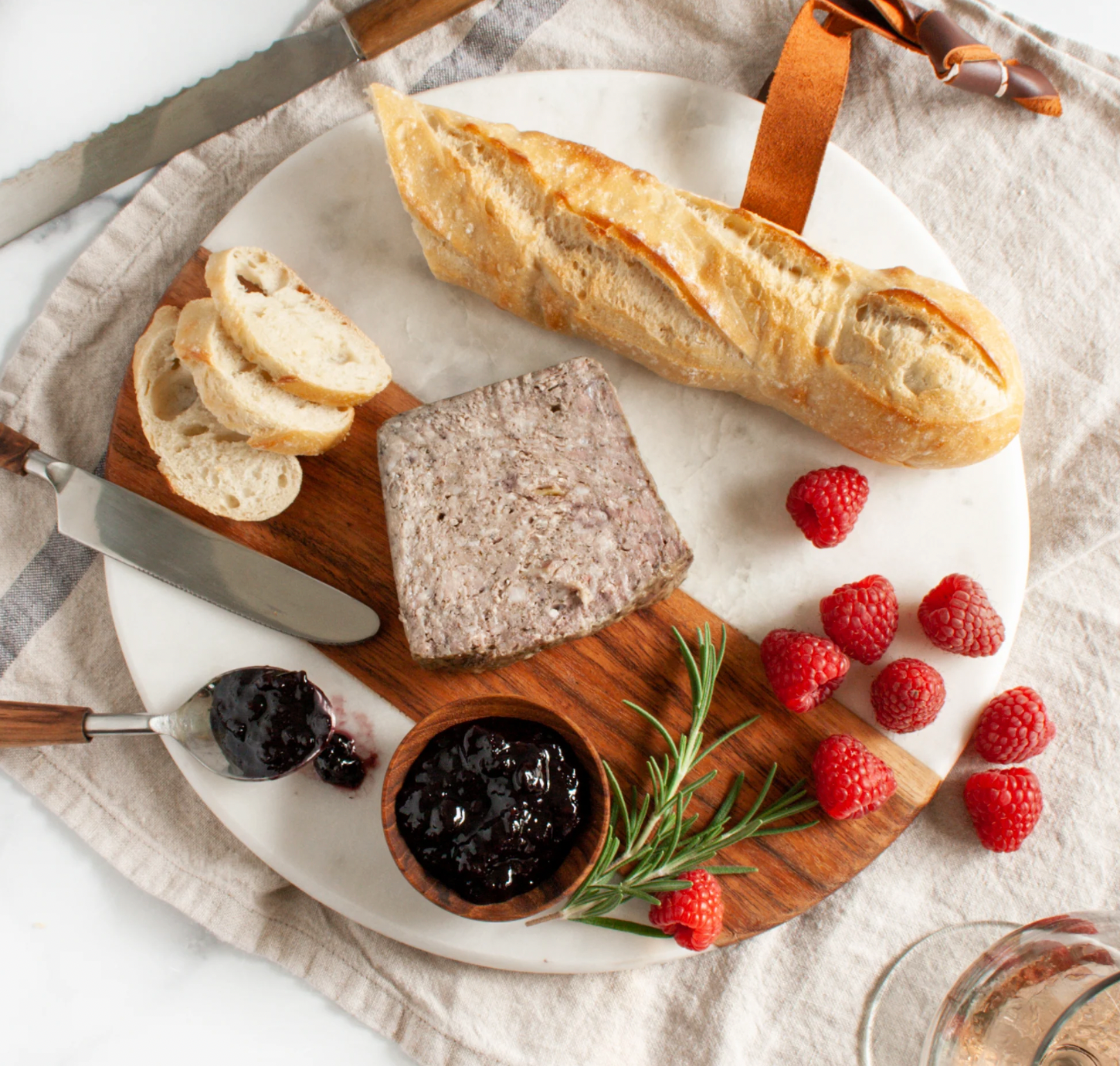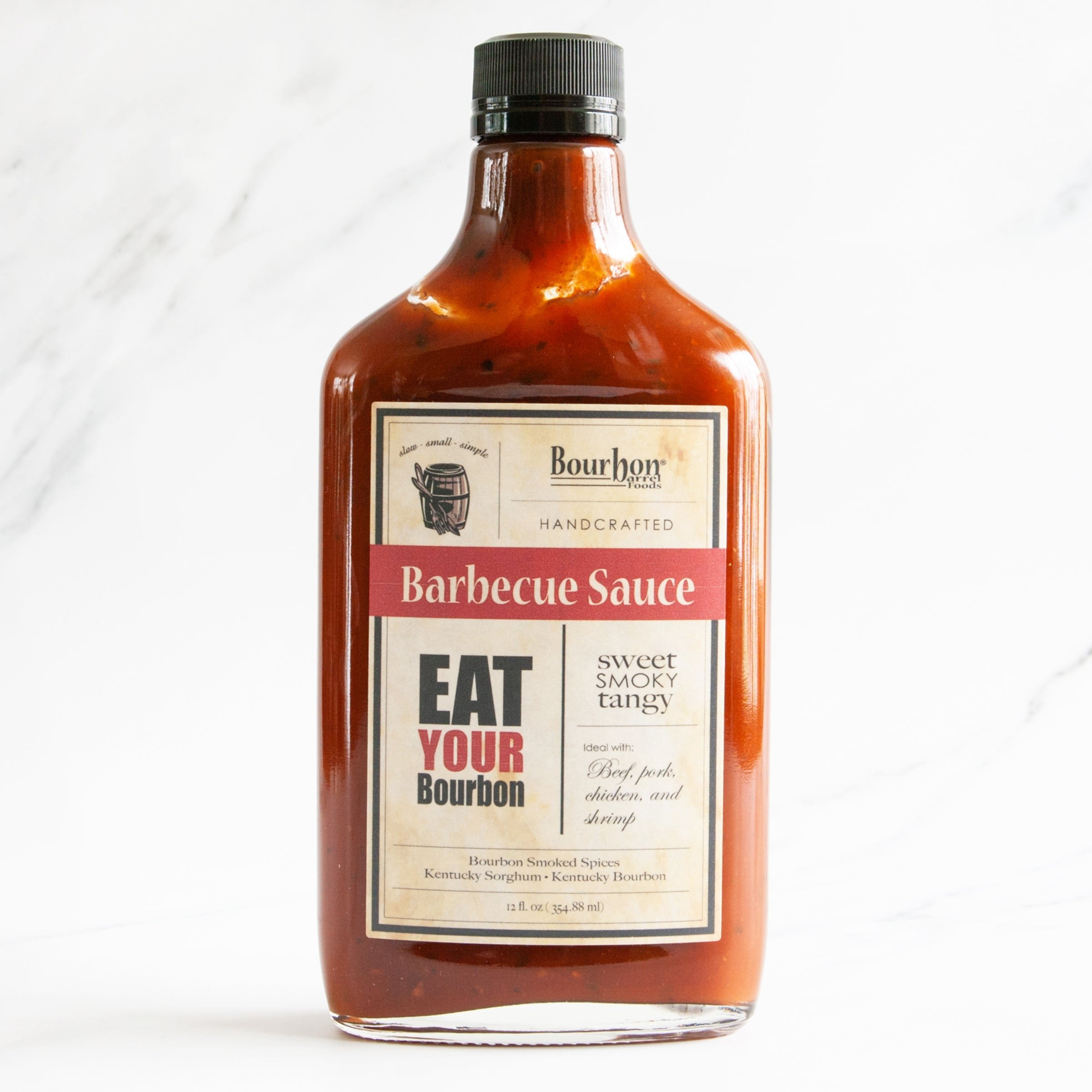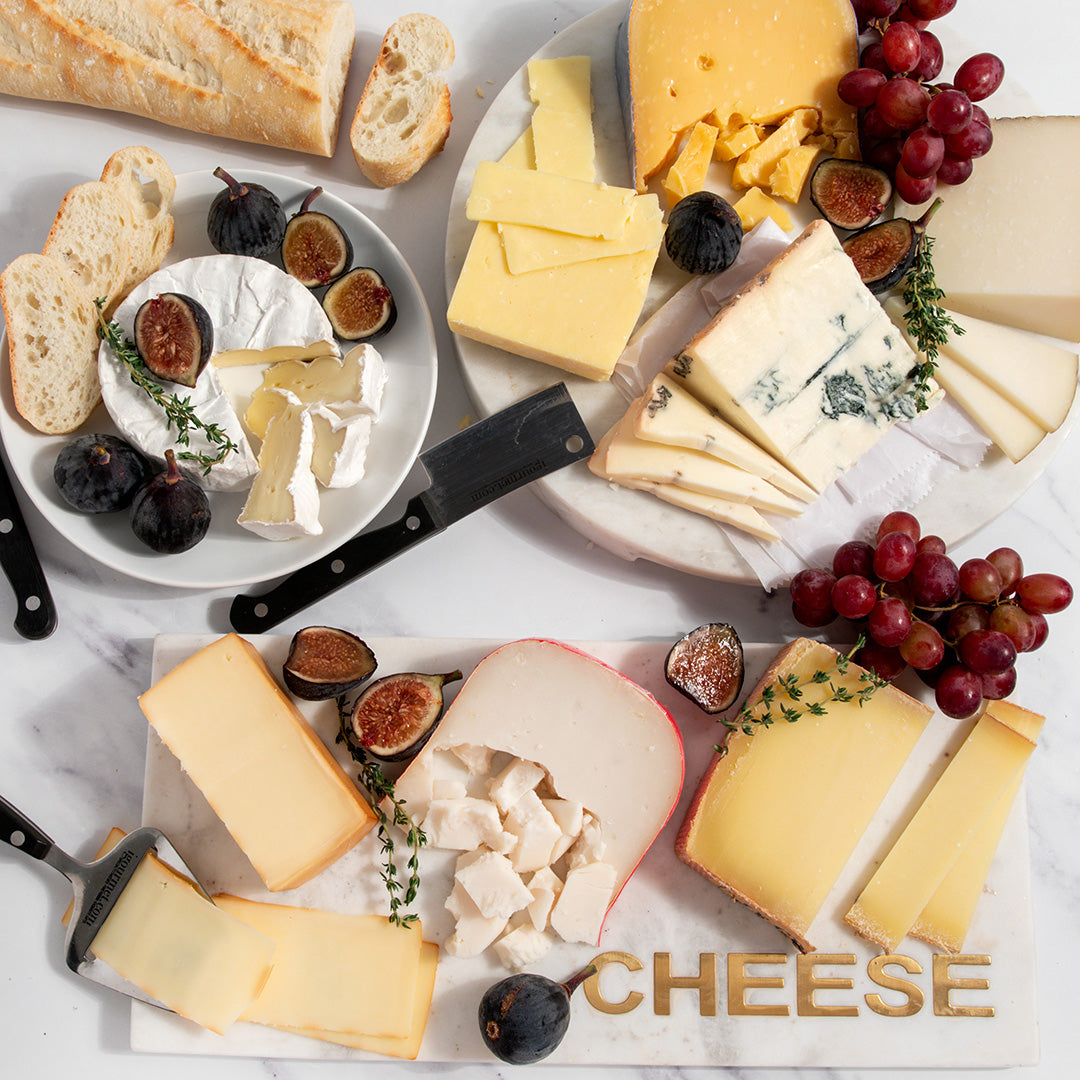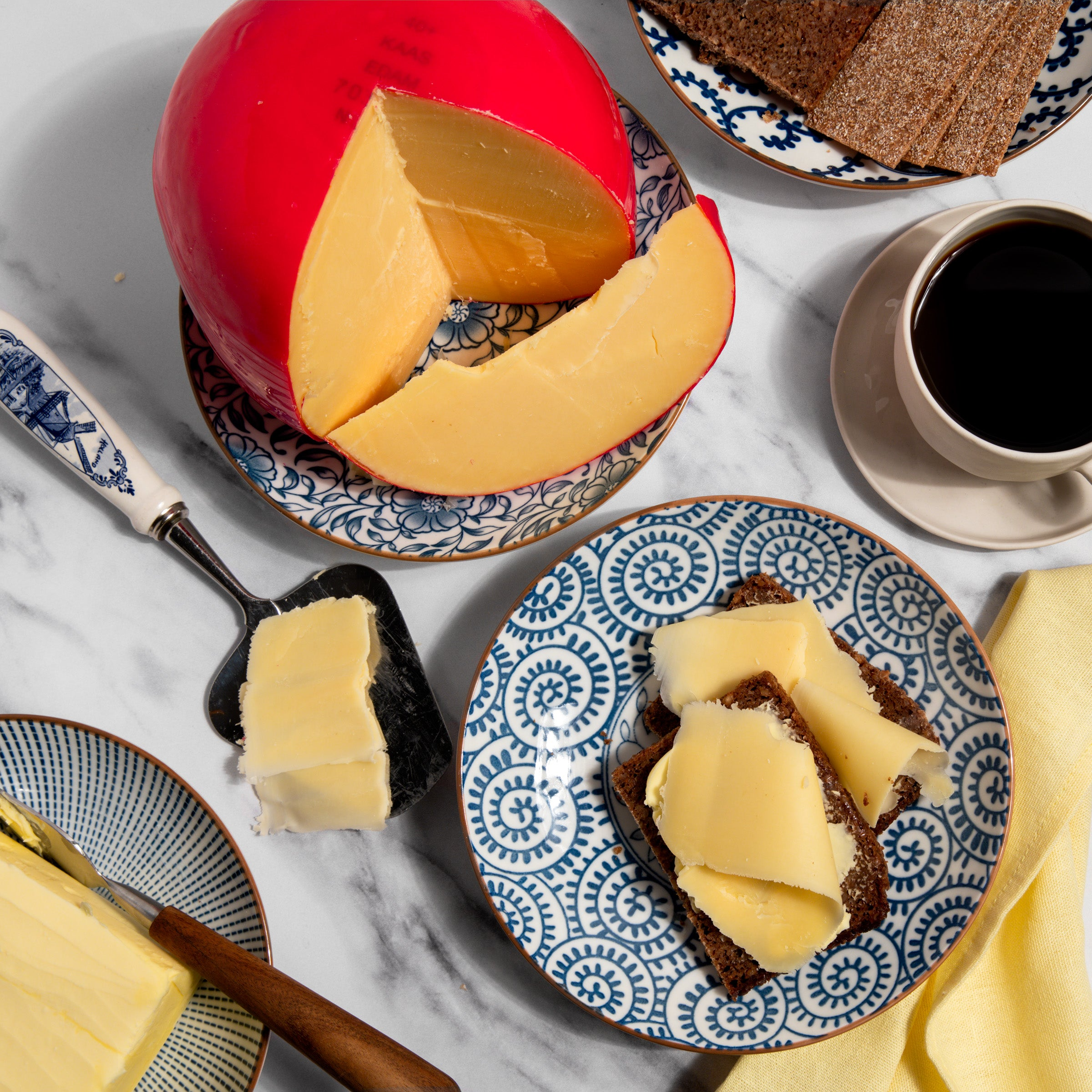Guide to Cheese Types
Fleur de Sel - Gourmet Guide
June 12, 2019 | By Dave Mattingly
Fleur de Sel, translated as "Flower of Salt" in French, is a highly sought after sea salt harvested from specially constructed sea farms built on coastal areas off of Western France. The four main places that are home to French Fleur de Sel farming are Guerande in Brittany (Bretagne), Ile de Re (an island just south of Brittany), Noirmoutier (another island off Brittany) and Camargue (in the Rhone delta on the shores of the Mediterranean). A similar product called Flor de Sal is made in Portugal and also possesses excellent qualities.
Fleur de Sel Production
While commercially harvested Fleur de Sel is farmed, it is also a naturally occurring sea salt formed under specific weather conditions. Fleur de Sel is obtained by extracting salt from evaporated sea water in a specific way. Fleur de Sel salt farmers skim the thin top layer of salt that rises to the surface of shallow collection pans. Due to its labor intensive hand-harvesting, Fleur de Sel is more expensive than other types of sea salt. Fleur de Sel is aptly referred to as the "caviar of salt". The Fleur de Sel farmed by the Brittany coast is often tinged gray, as the copious rain that this region receives stirs up clay from the bottom of the pools and clouds the water in the salt farms, coloring the salt crystals gray.
Fleur de Sel has a fine, delicate consistency and tends to have a softer flavor than other sea salts. In addition to its gray coloring, Fleur de Sel may also have a faint pink color due to the minerals and algae that are present in the salt marshes where this prized sea salt is harvested. Fleur de Sel contains magnesium, iron, calcium and other beneficial trace elements and some people detect that it has a light floral odor. Typical uses include sprinkling on meats, nuts or desserts and sweets such as caramels to create a complex flavor experience.
When searching for gourmet food online, look no further than igourmet.com.






